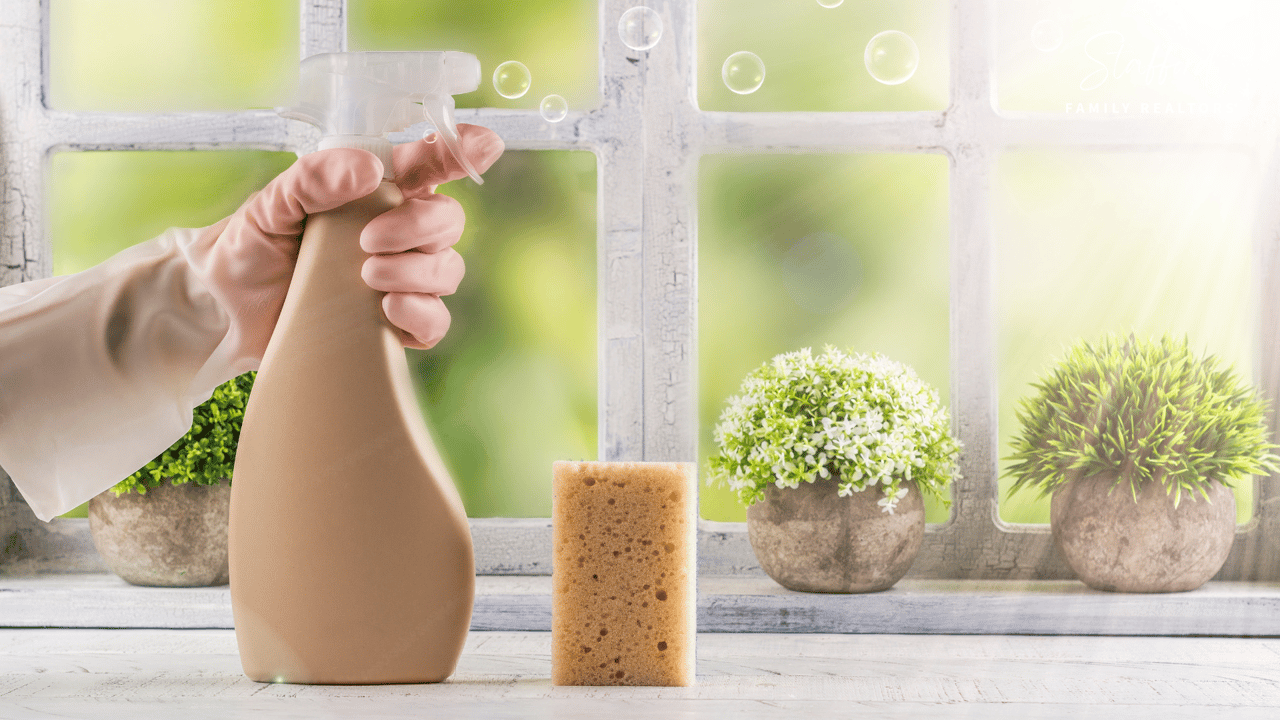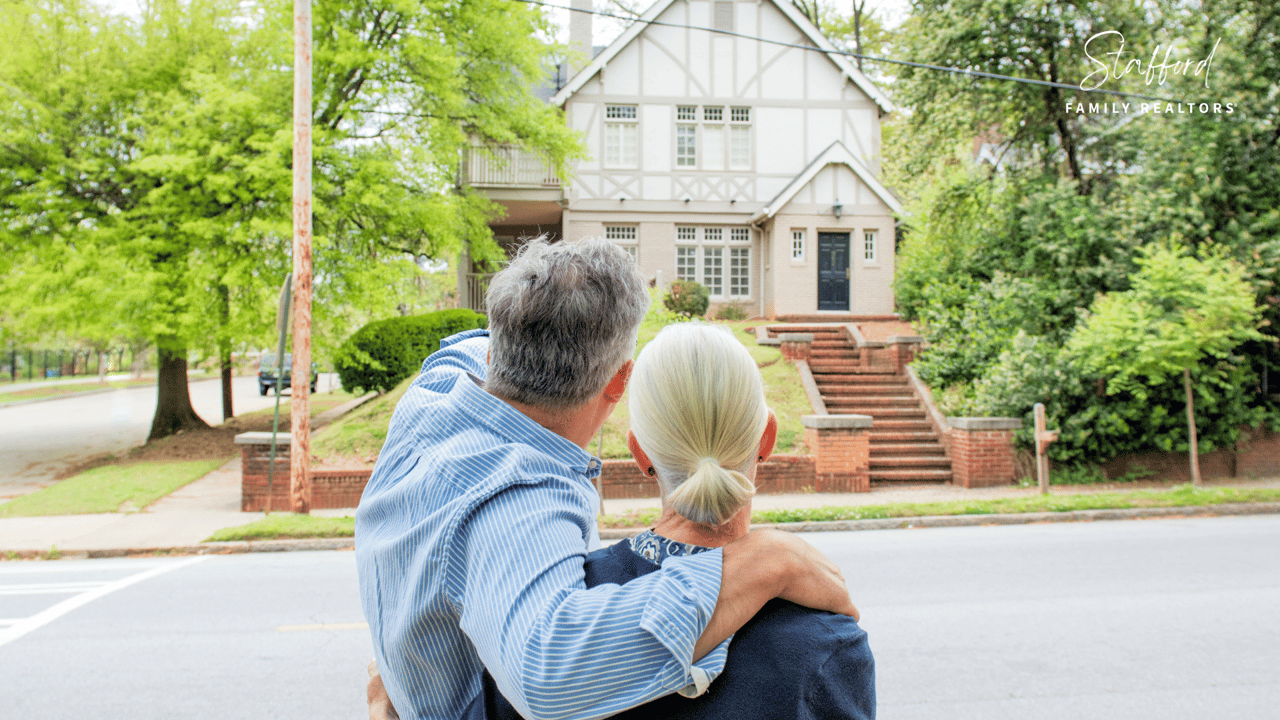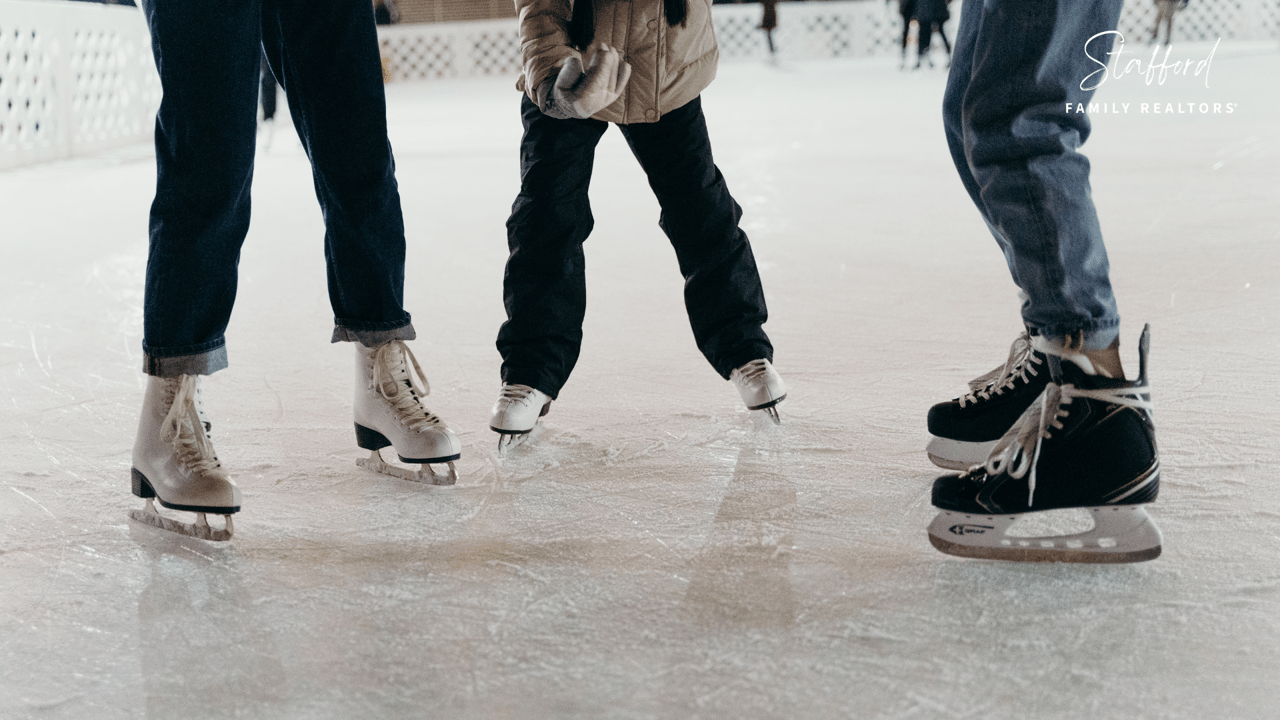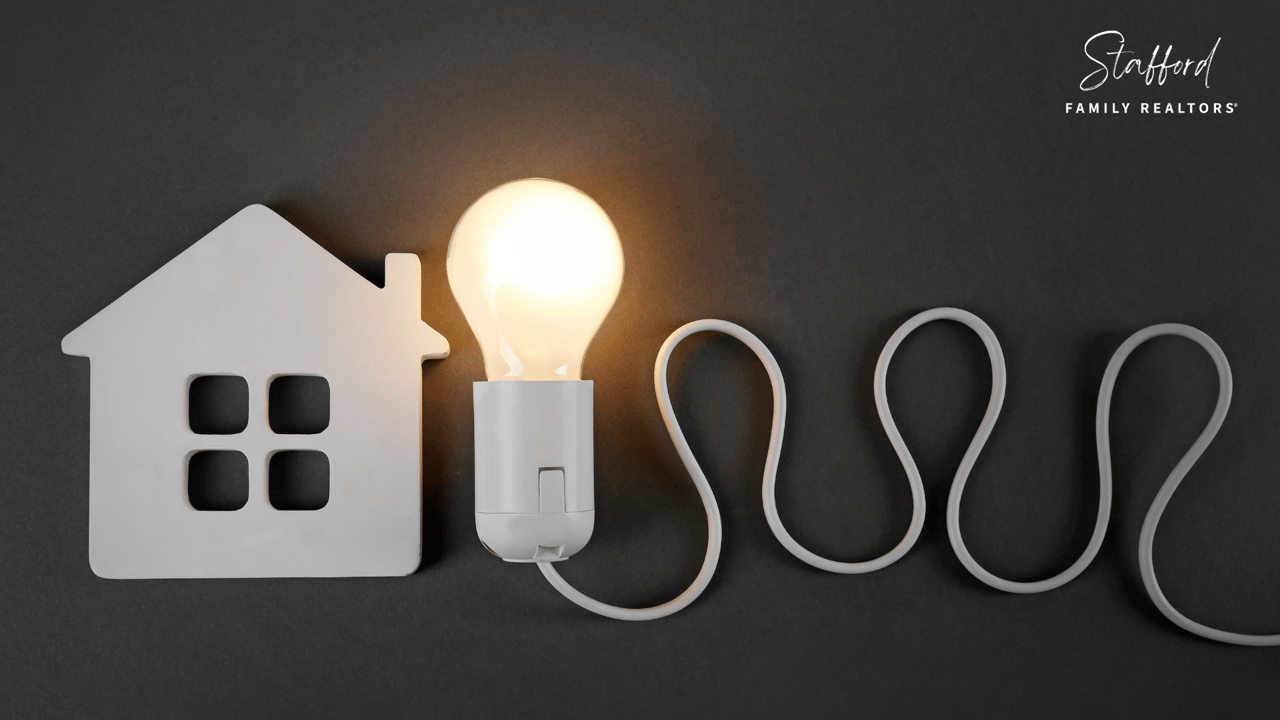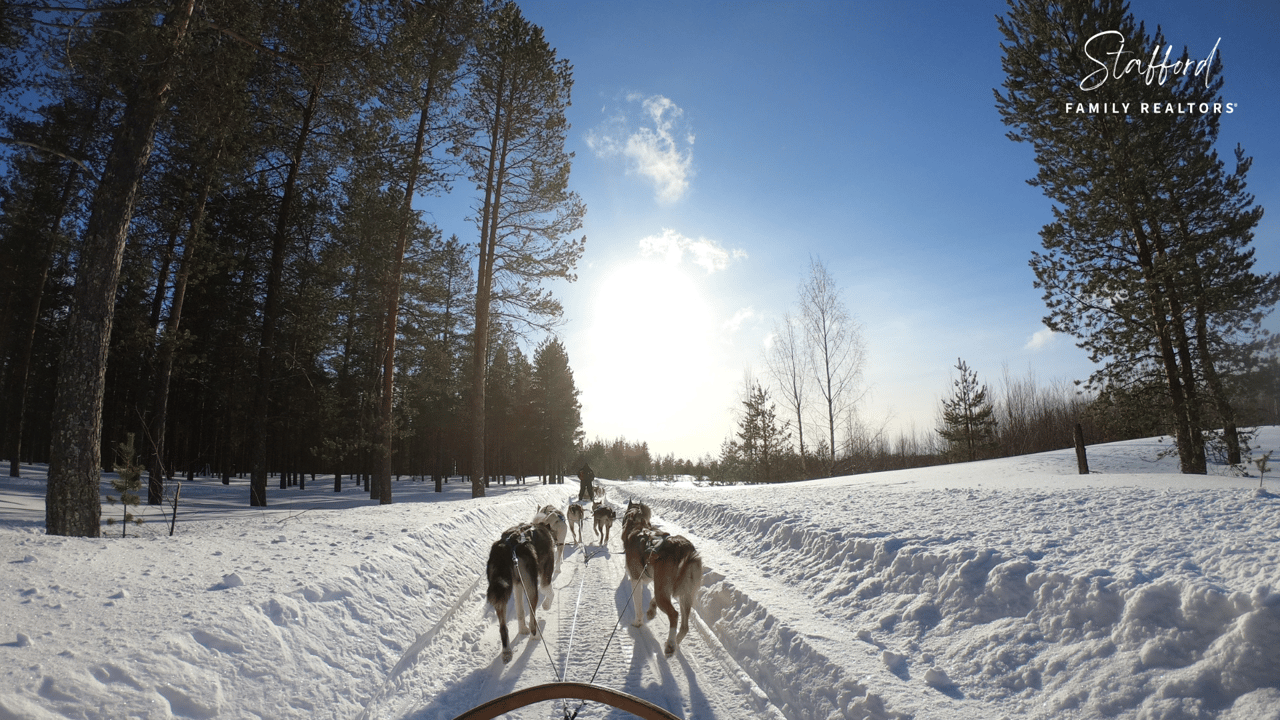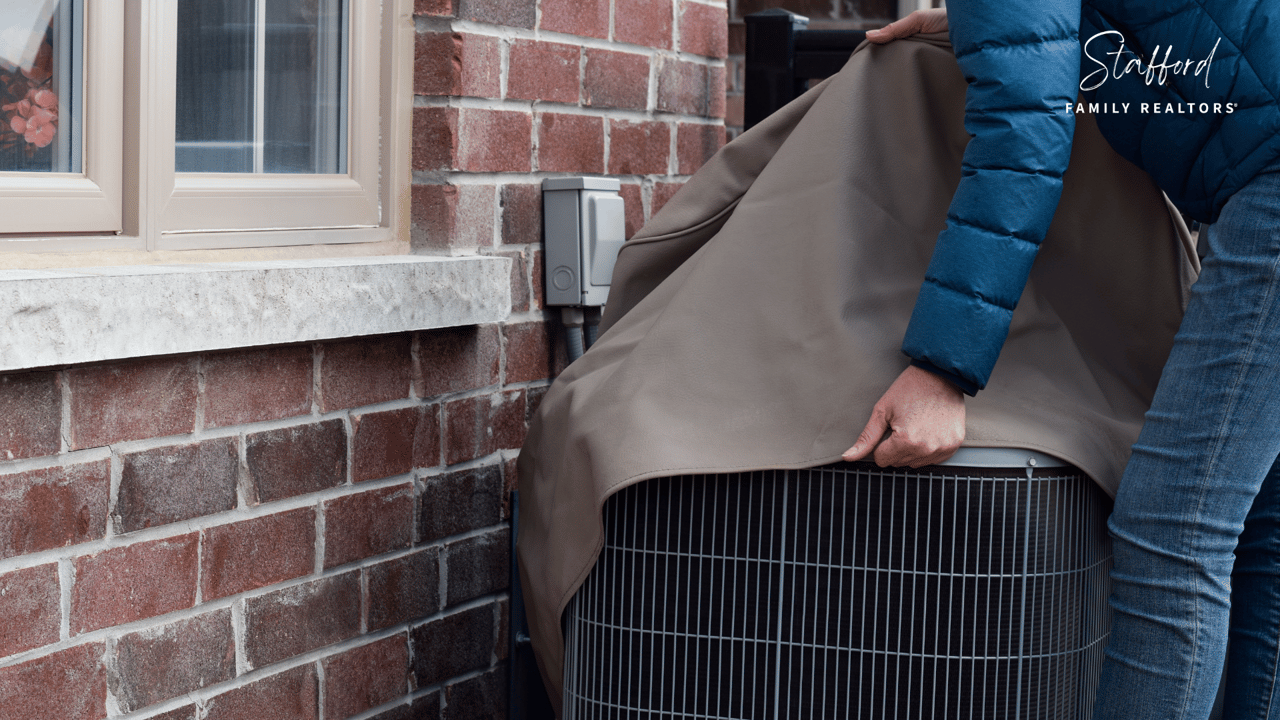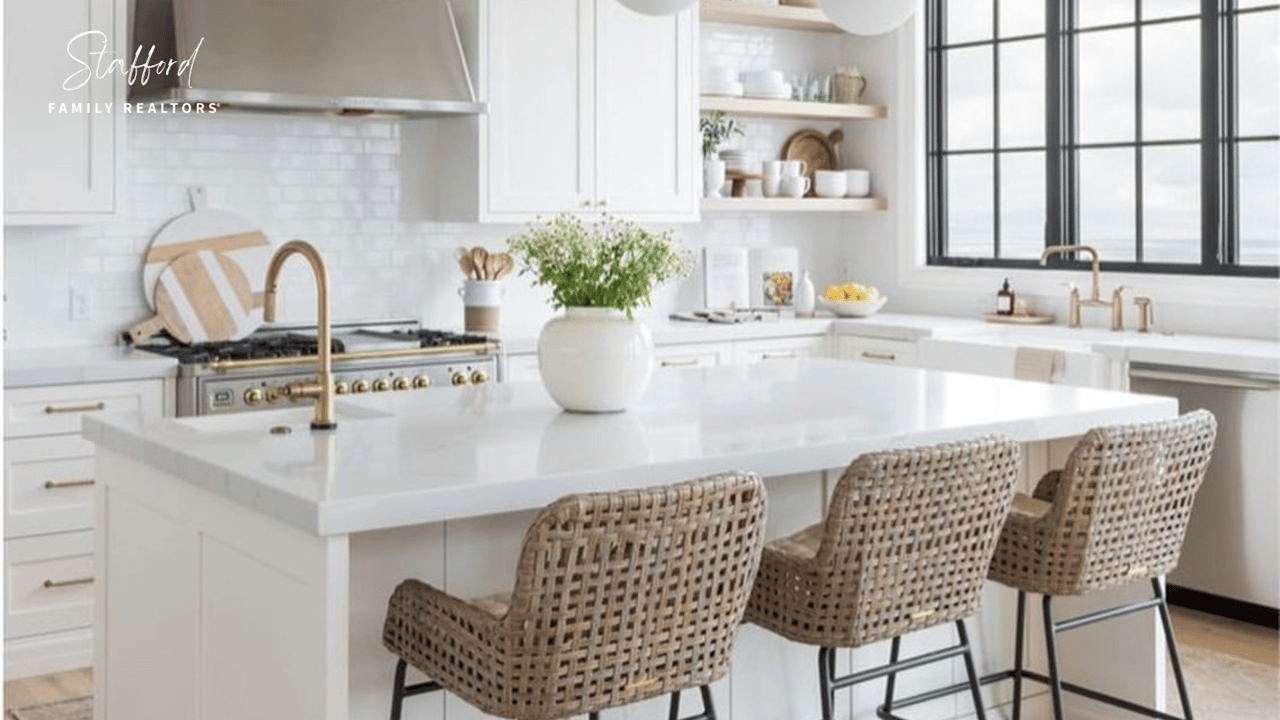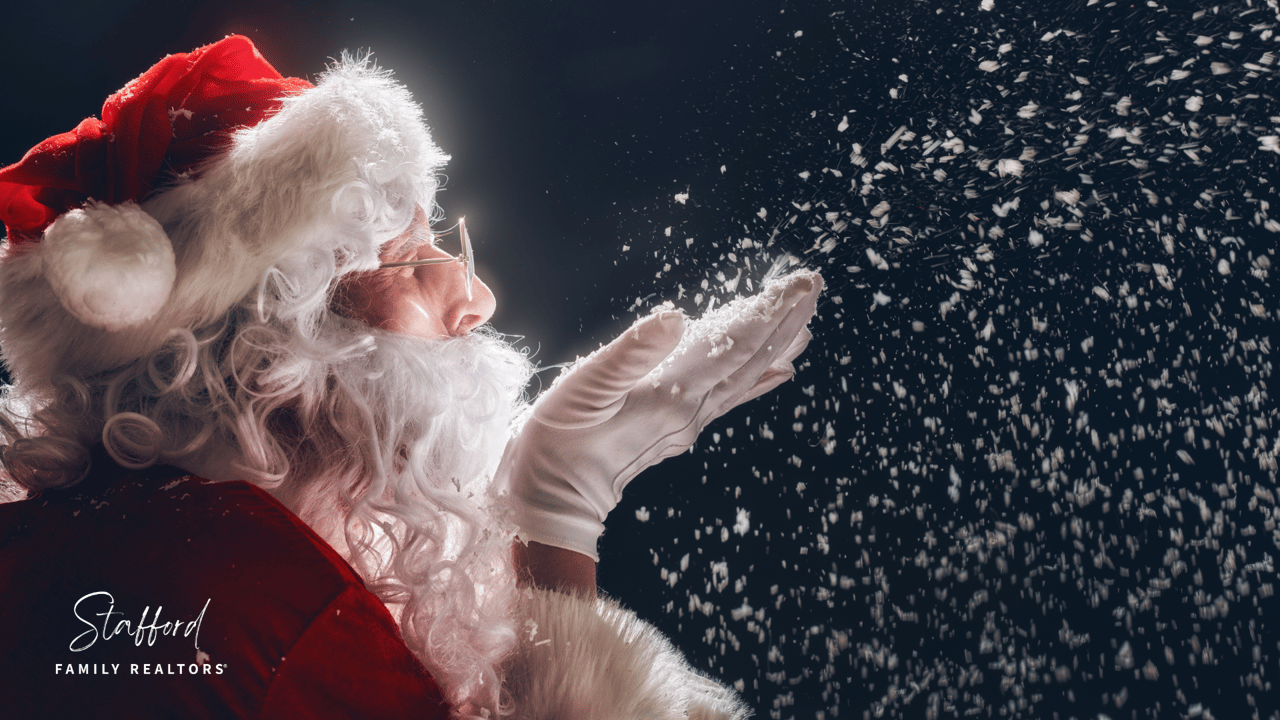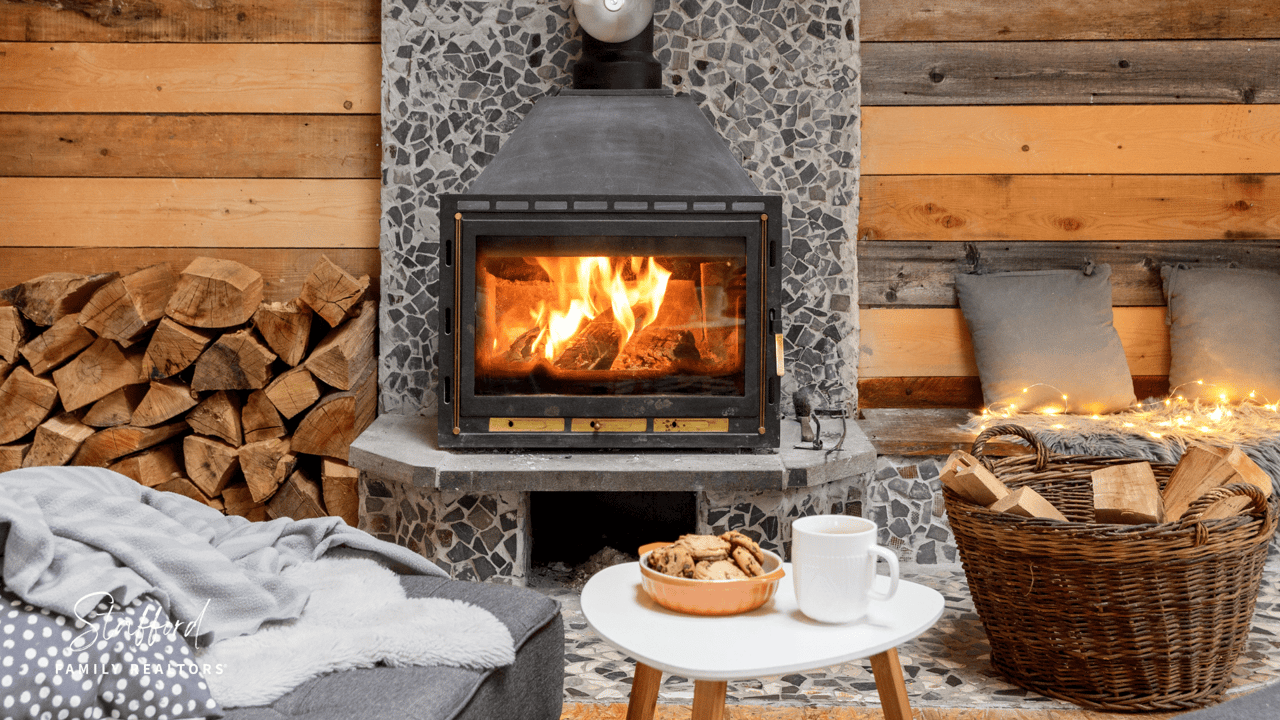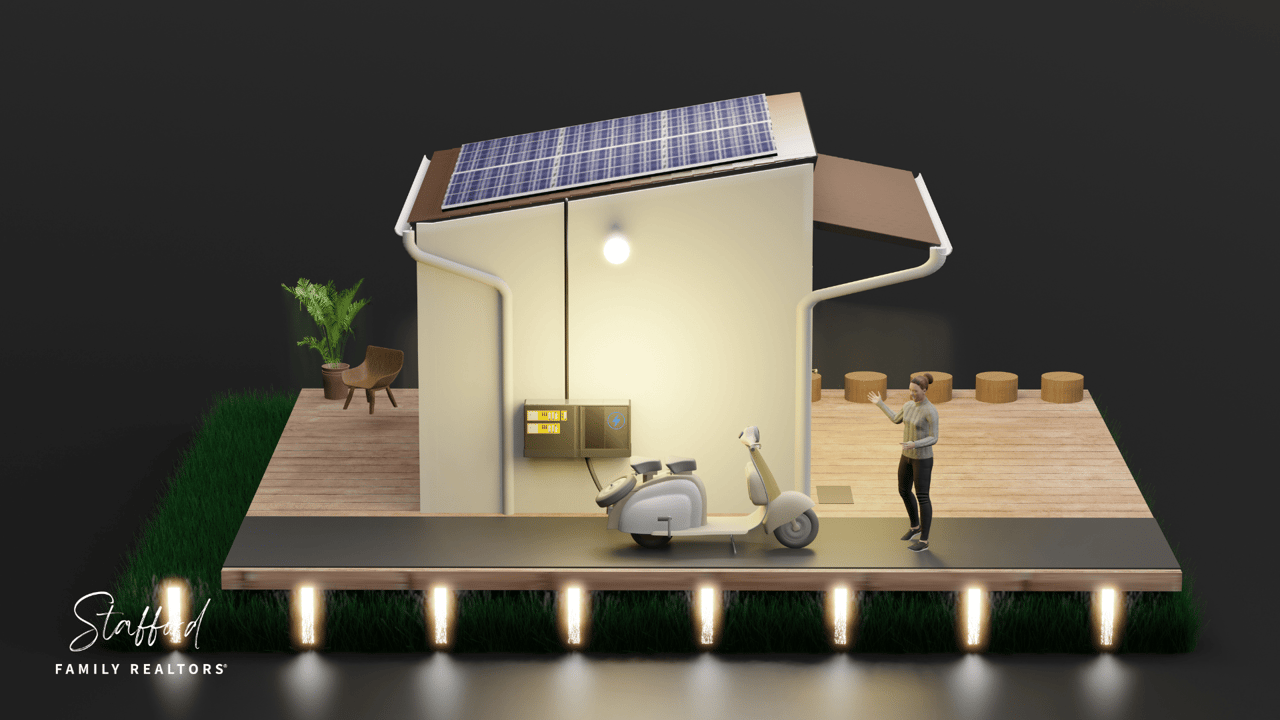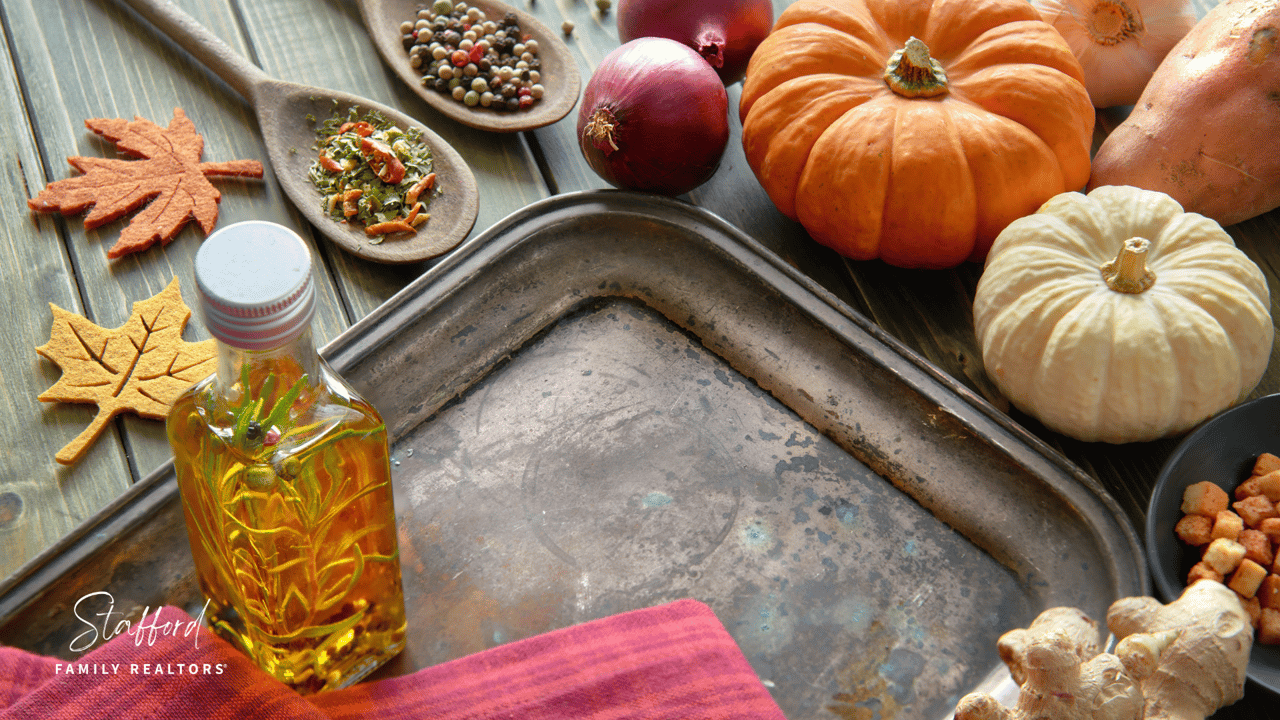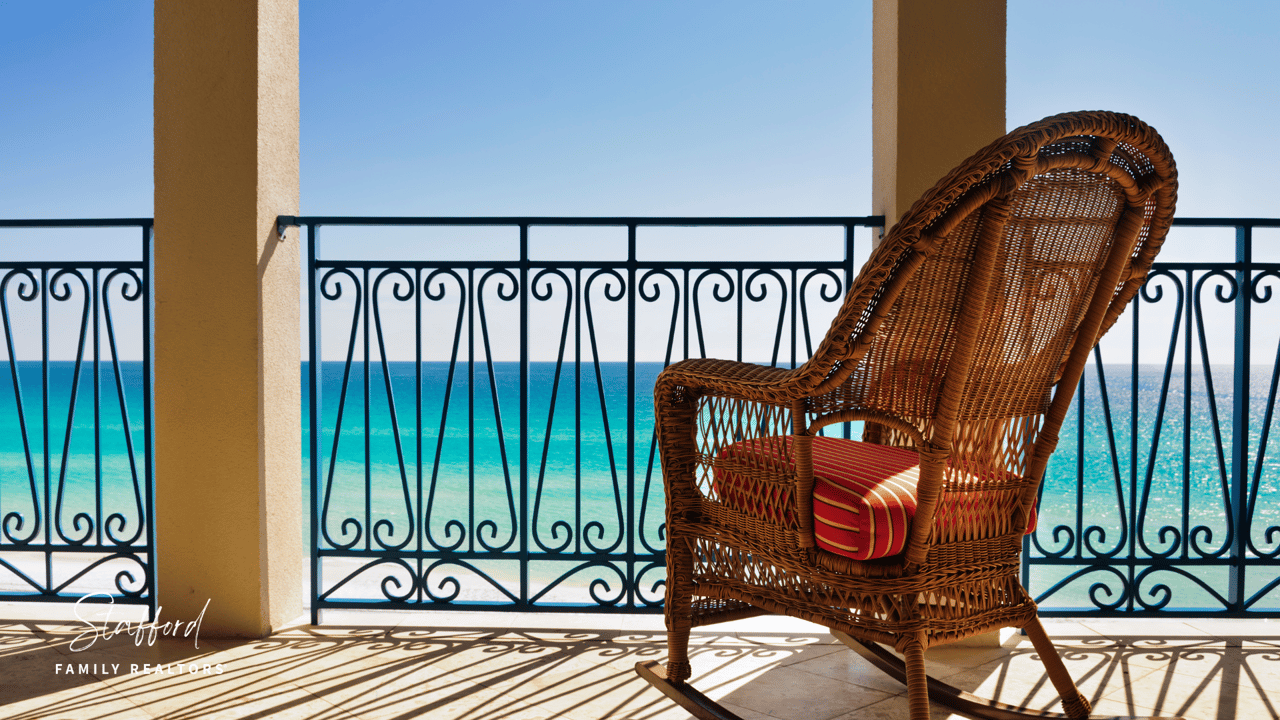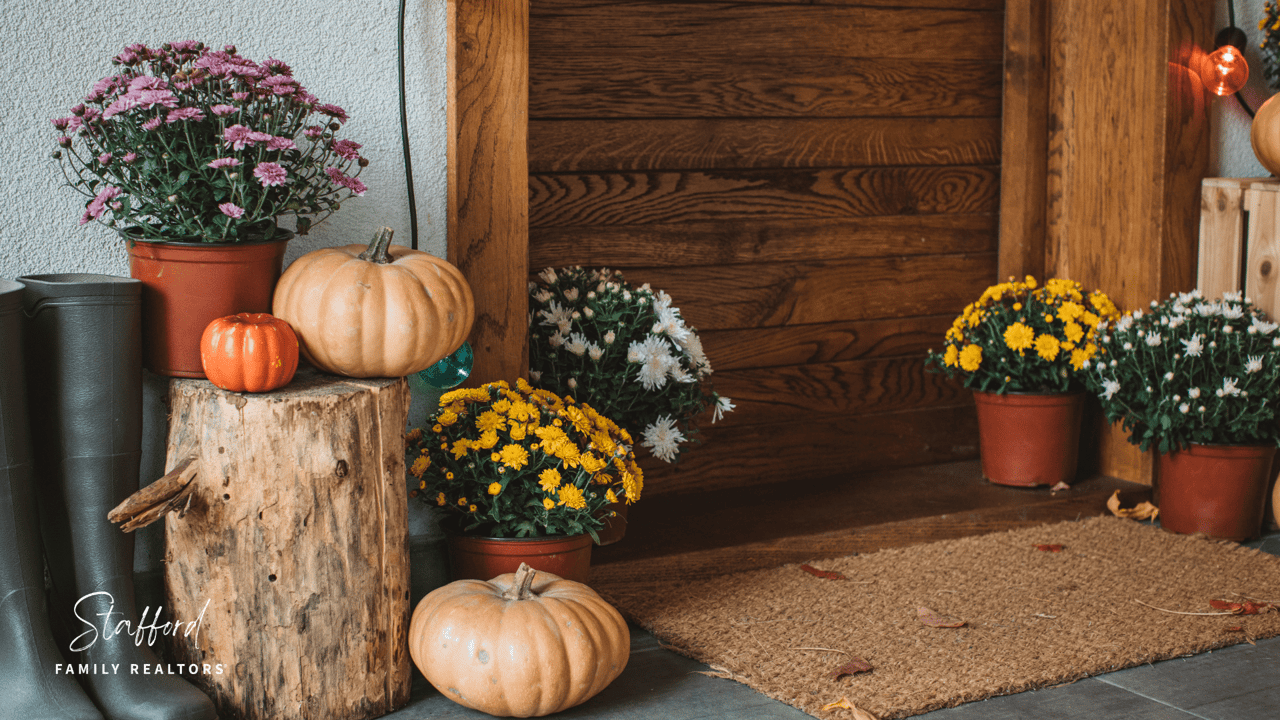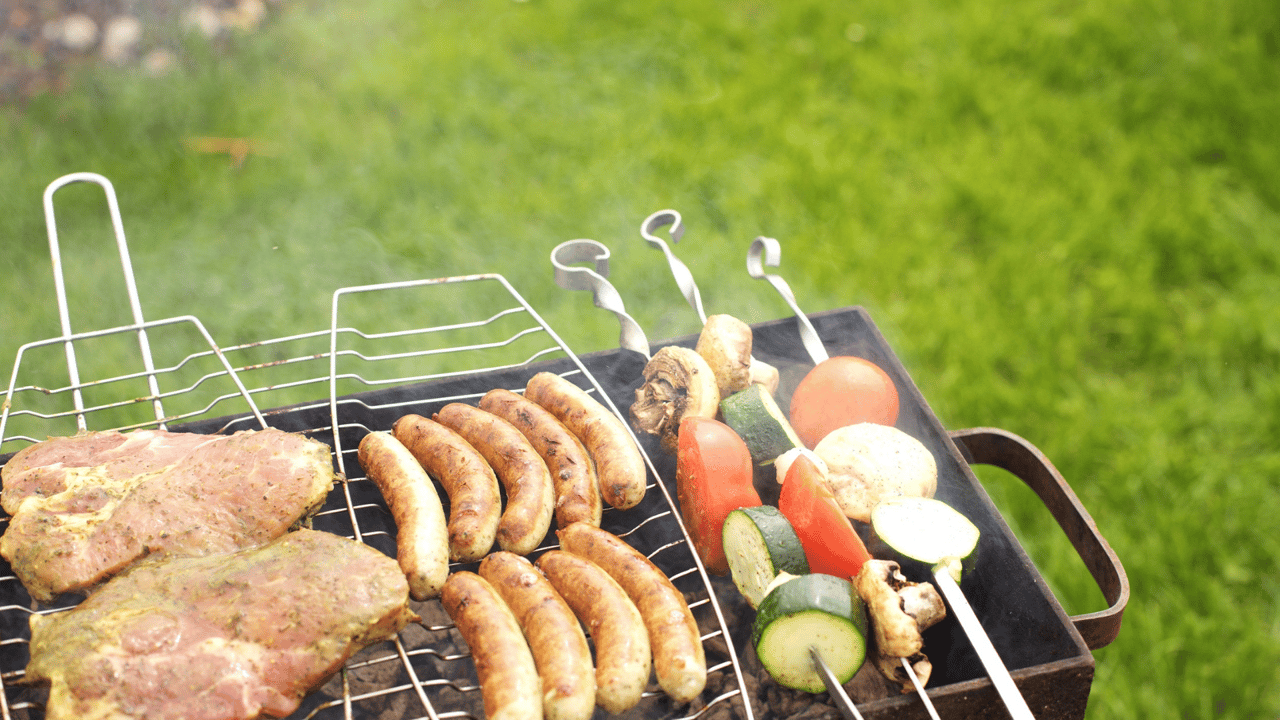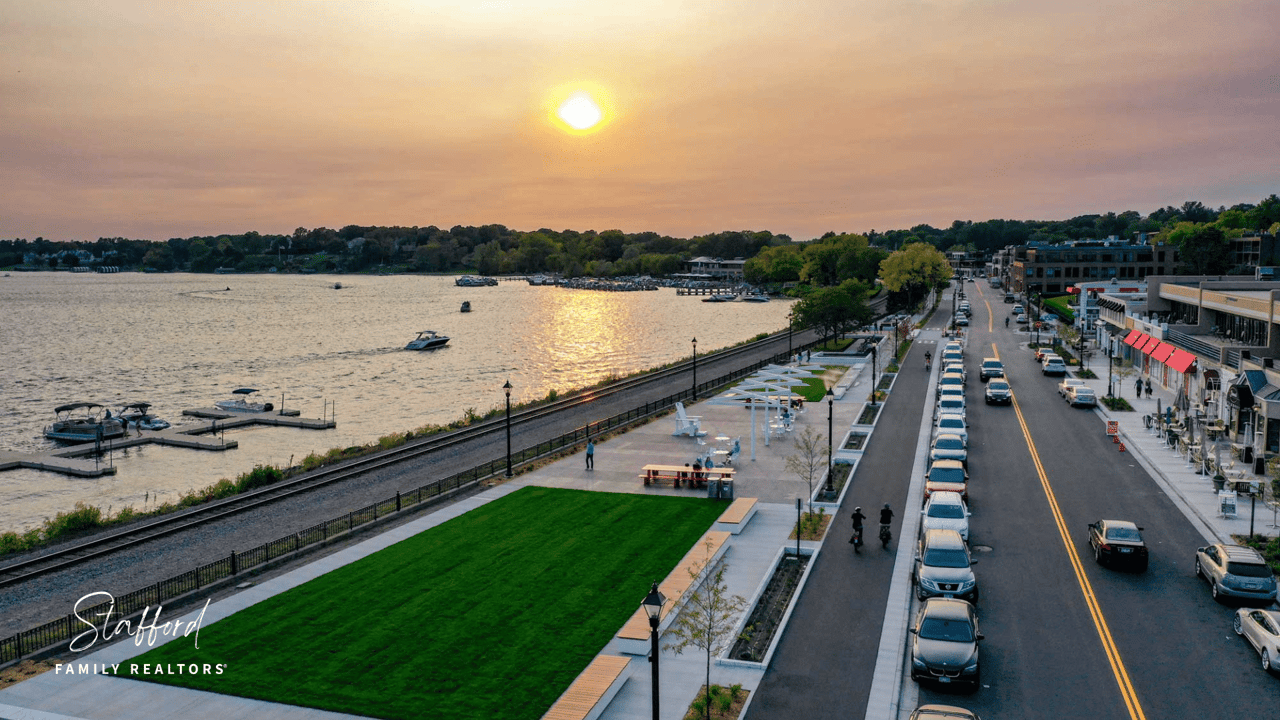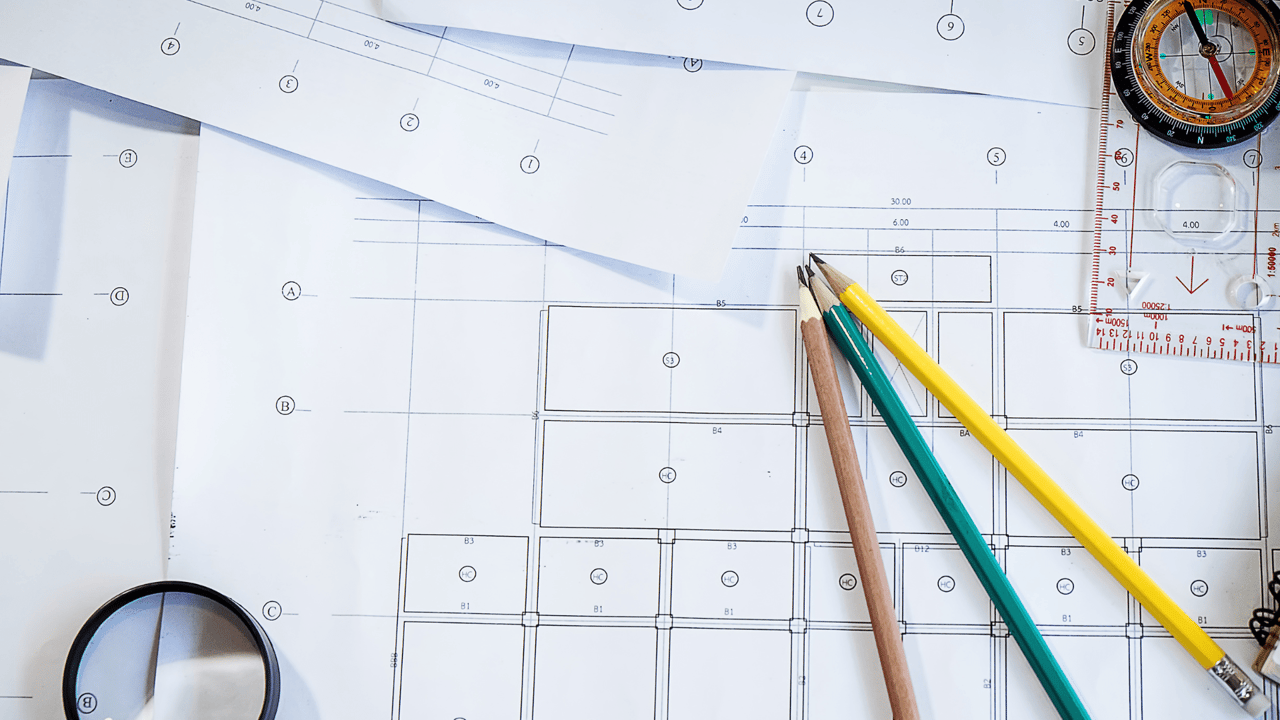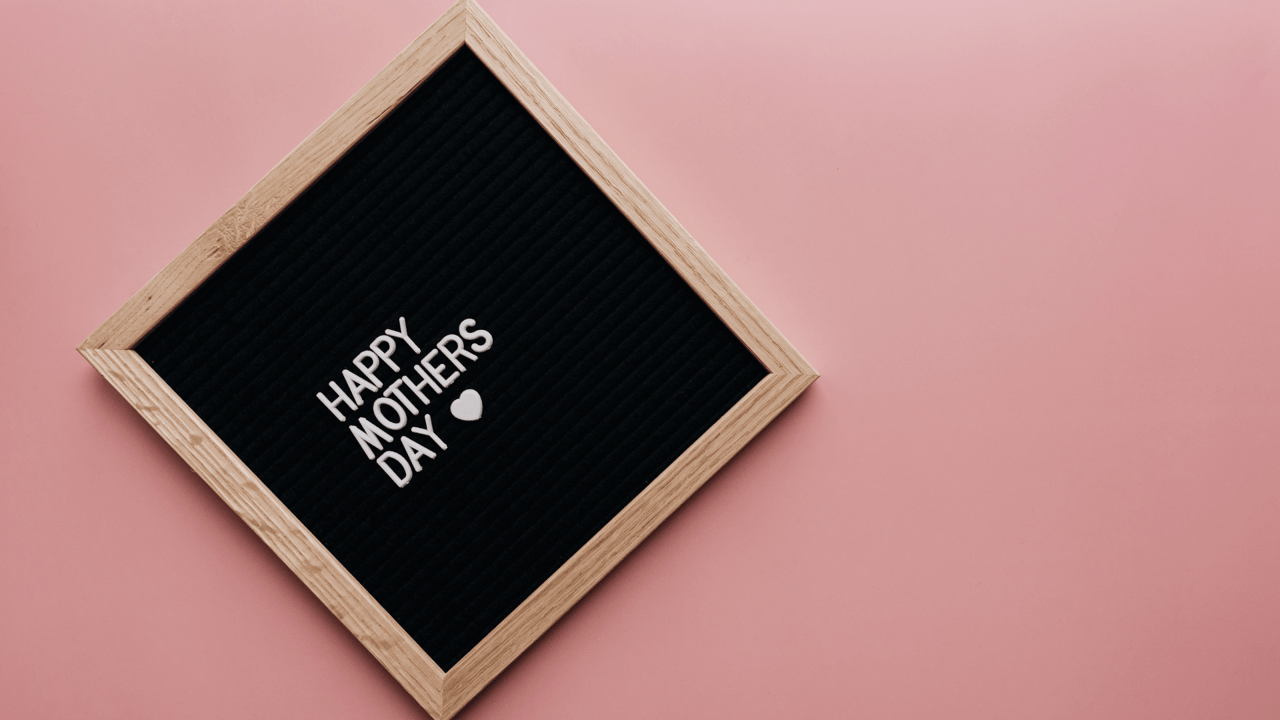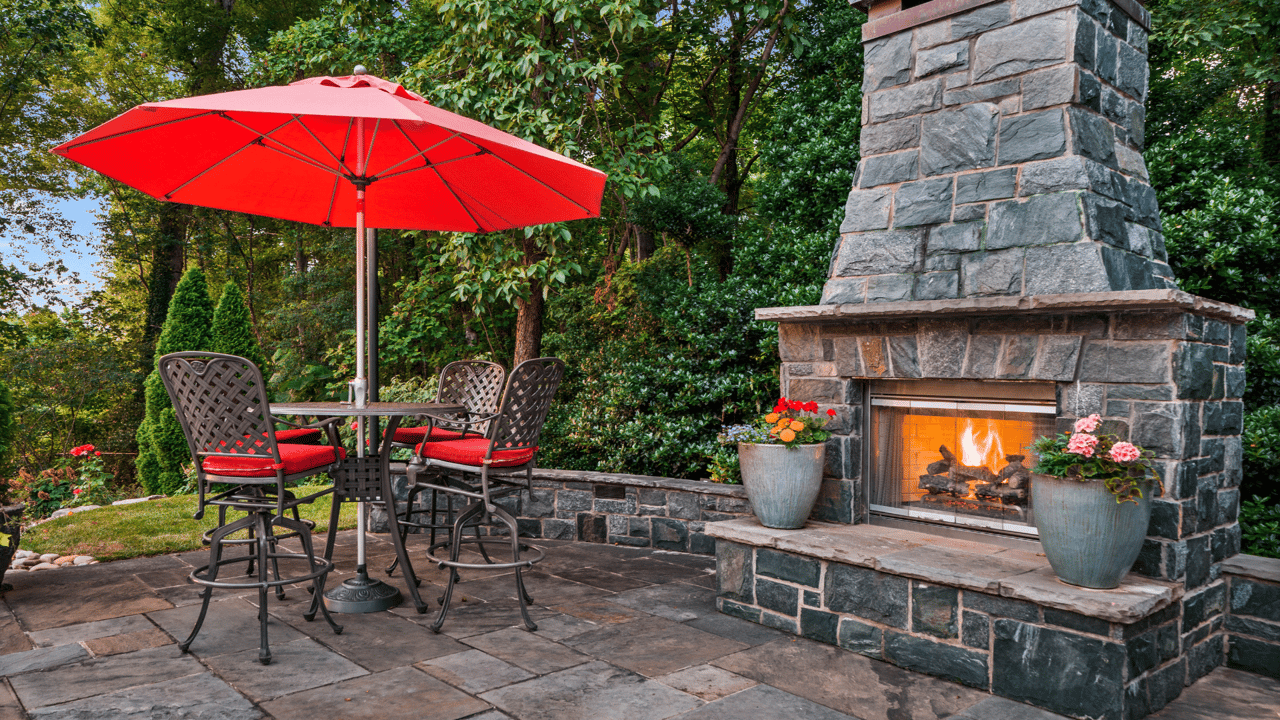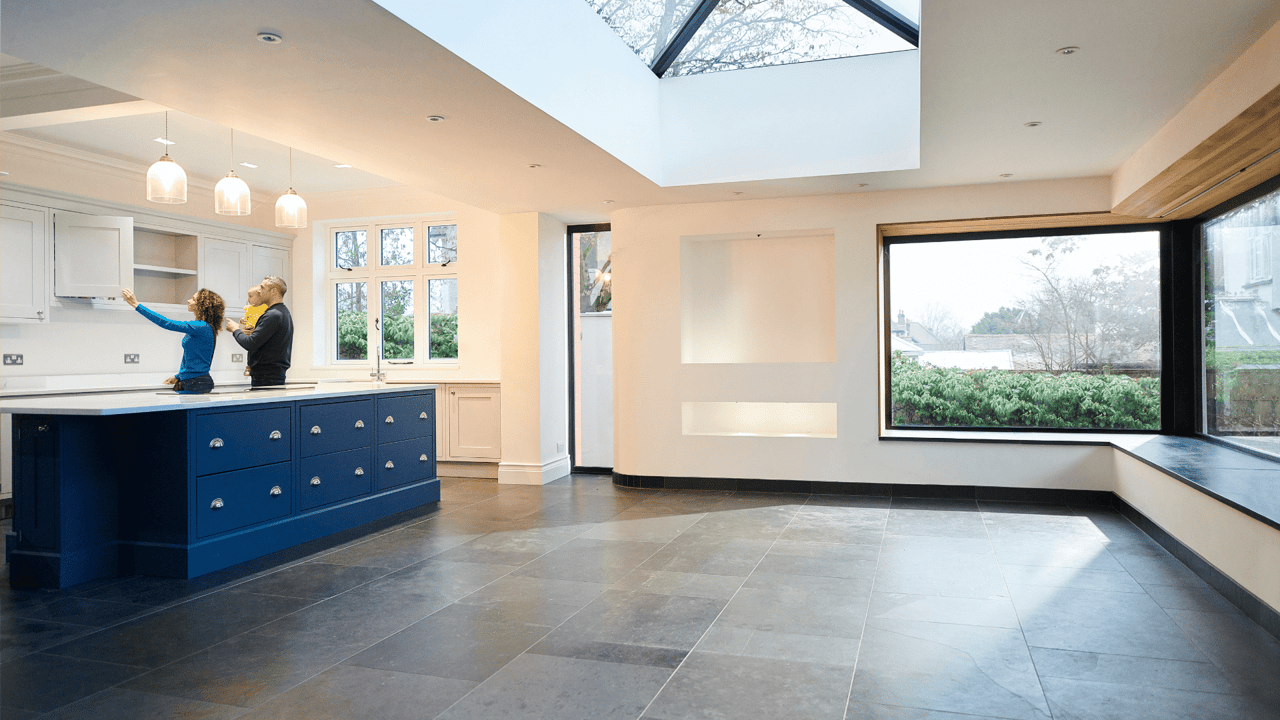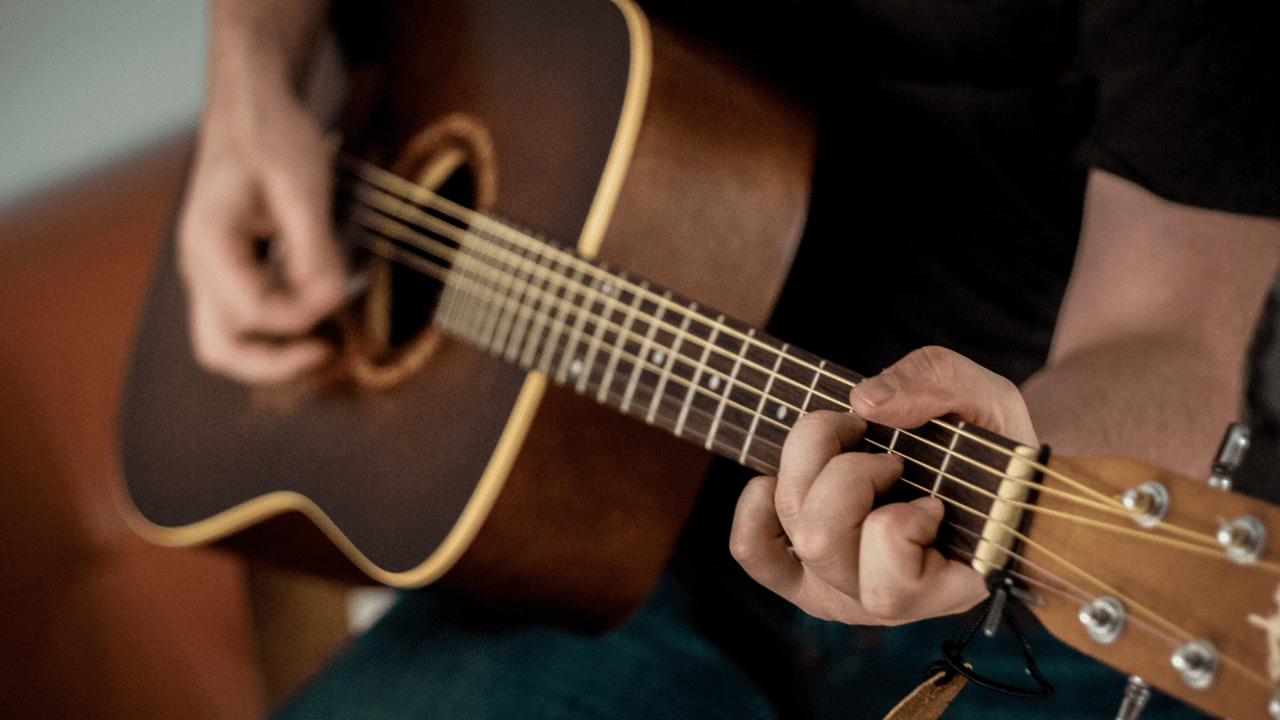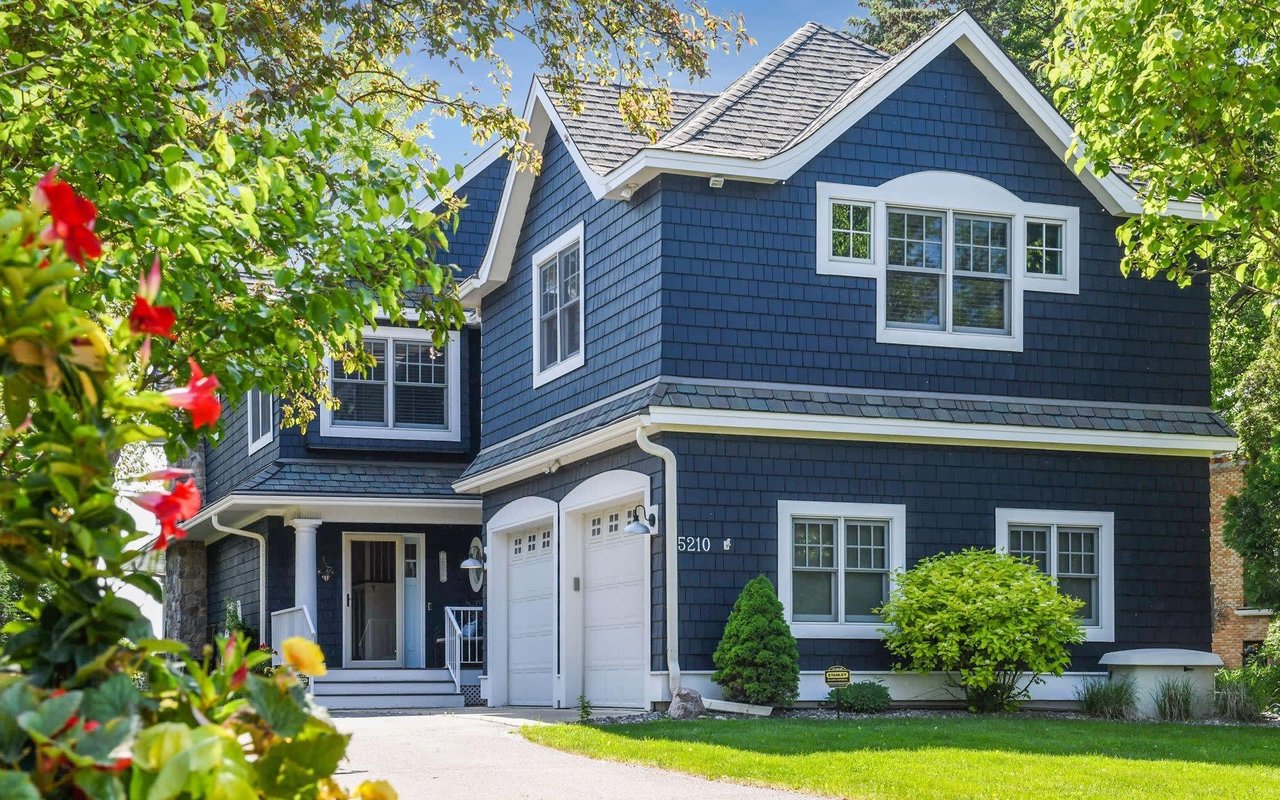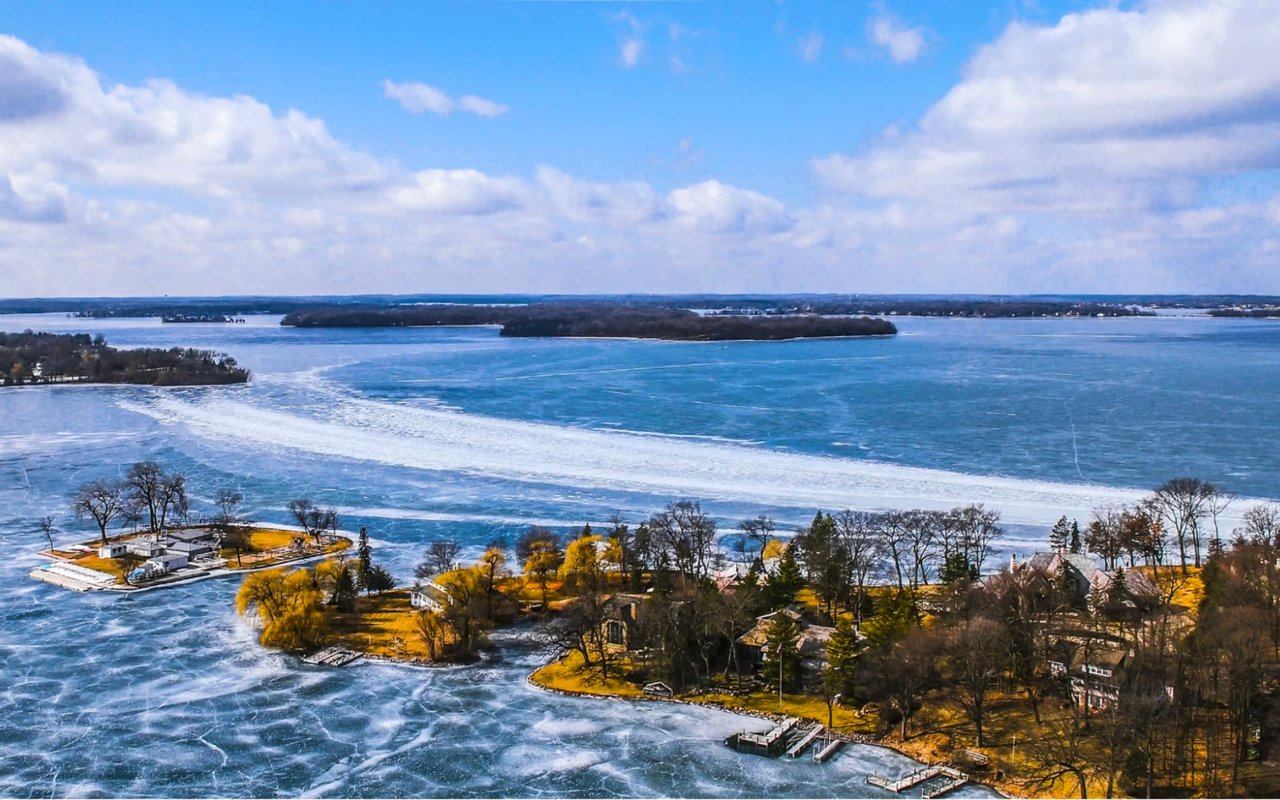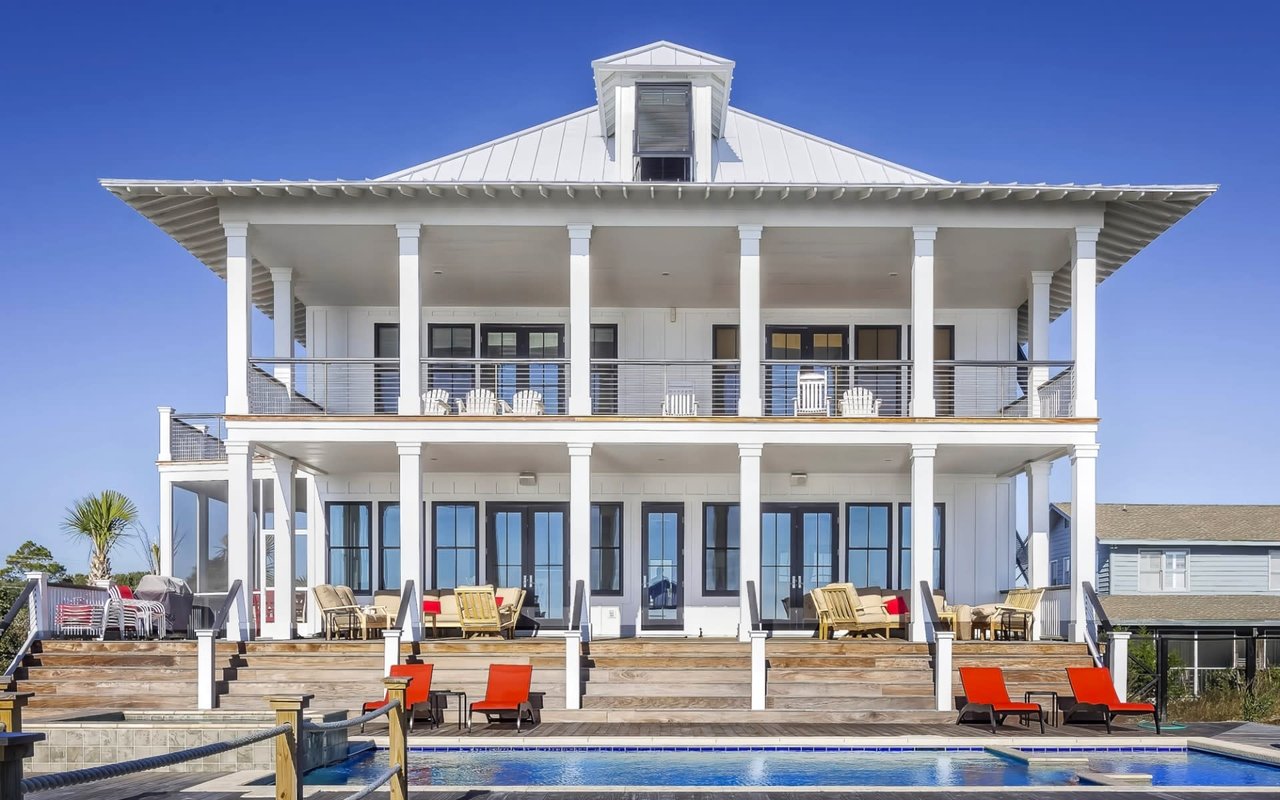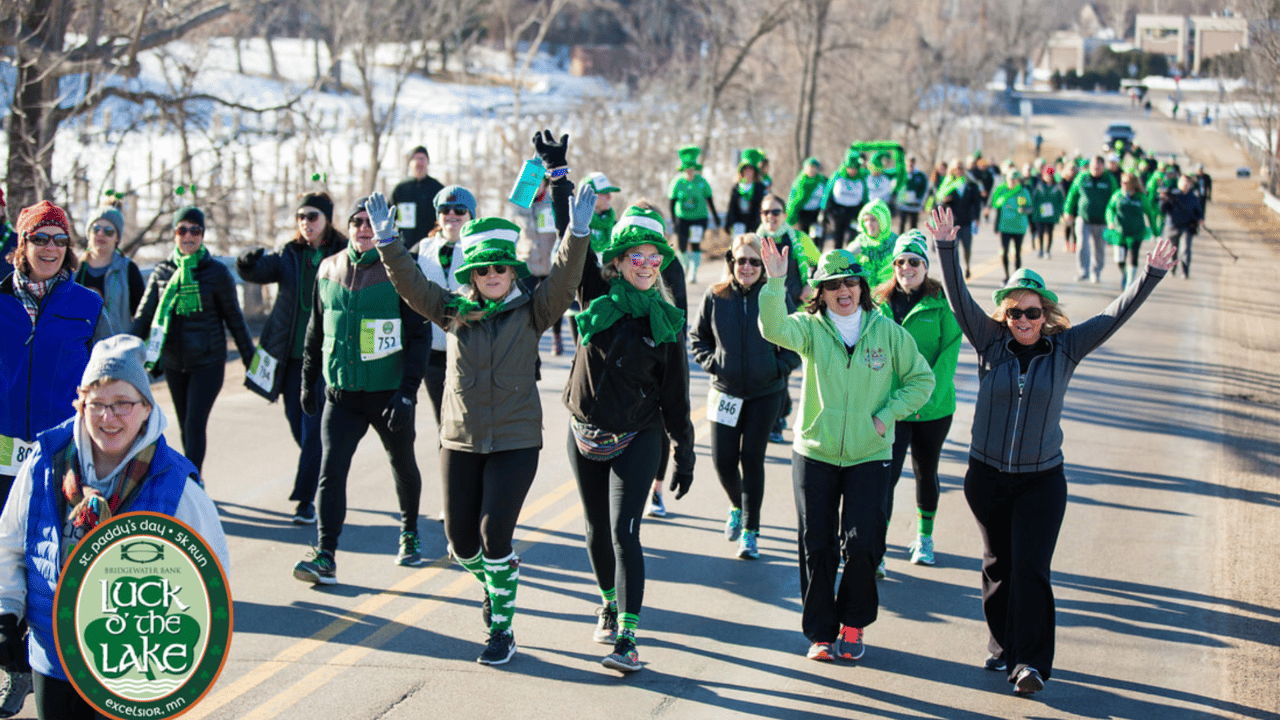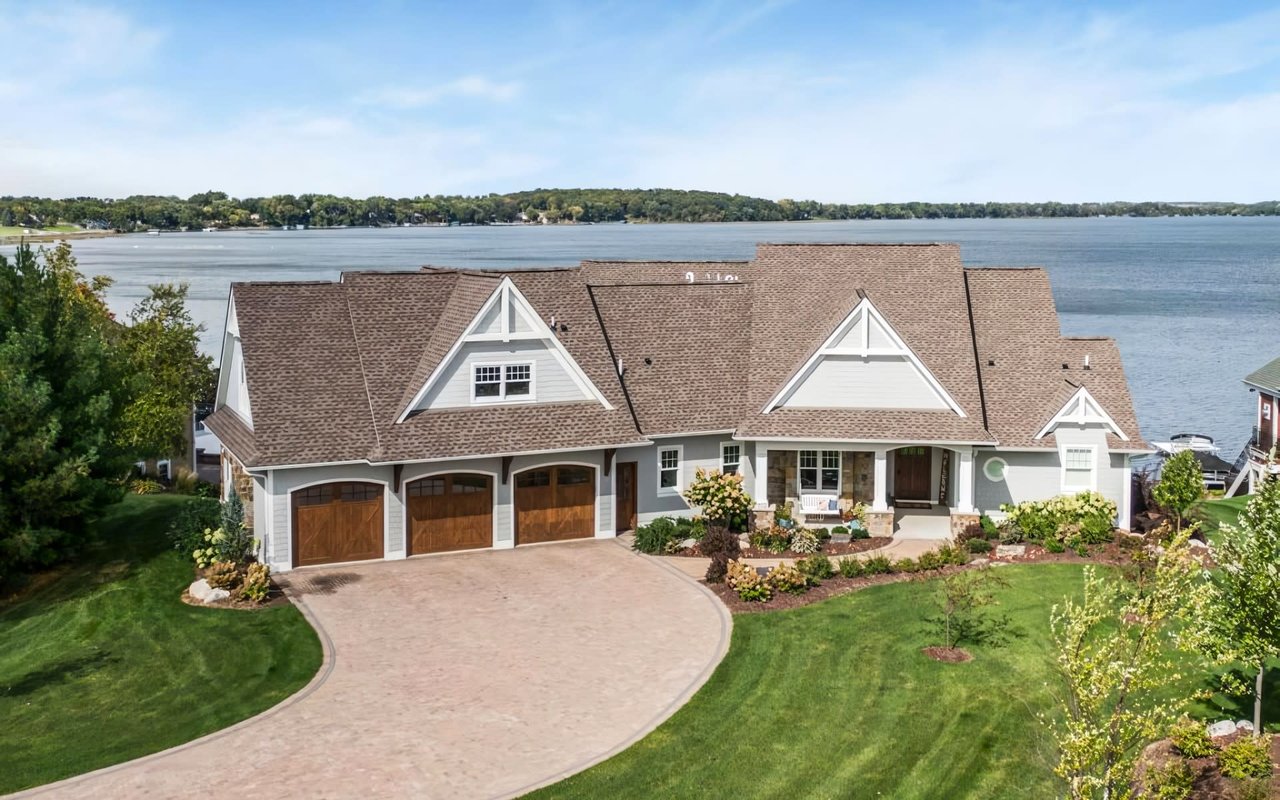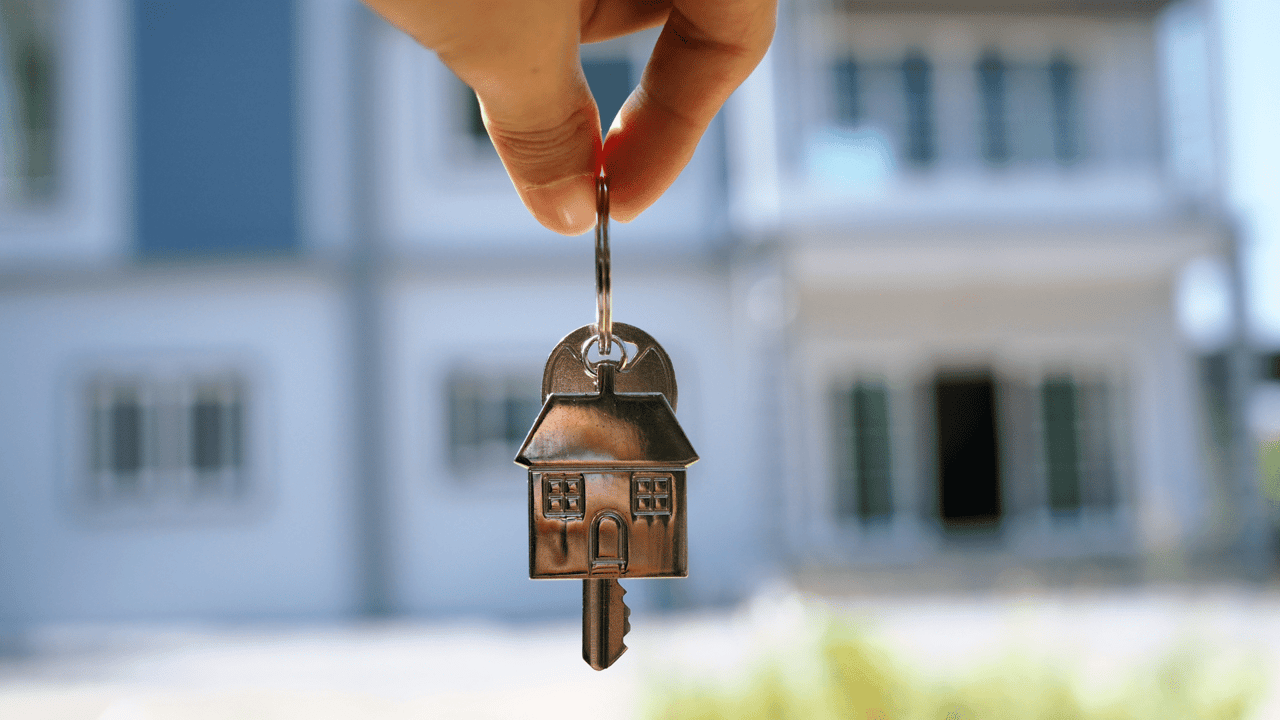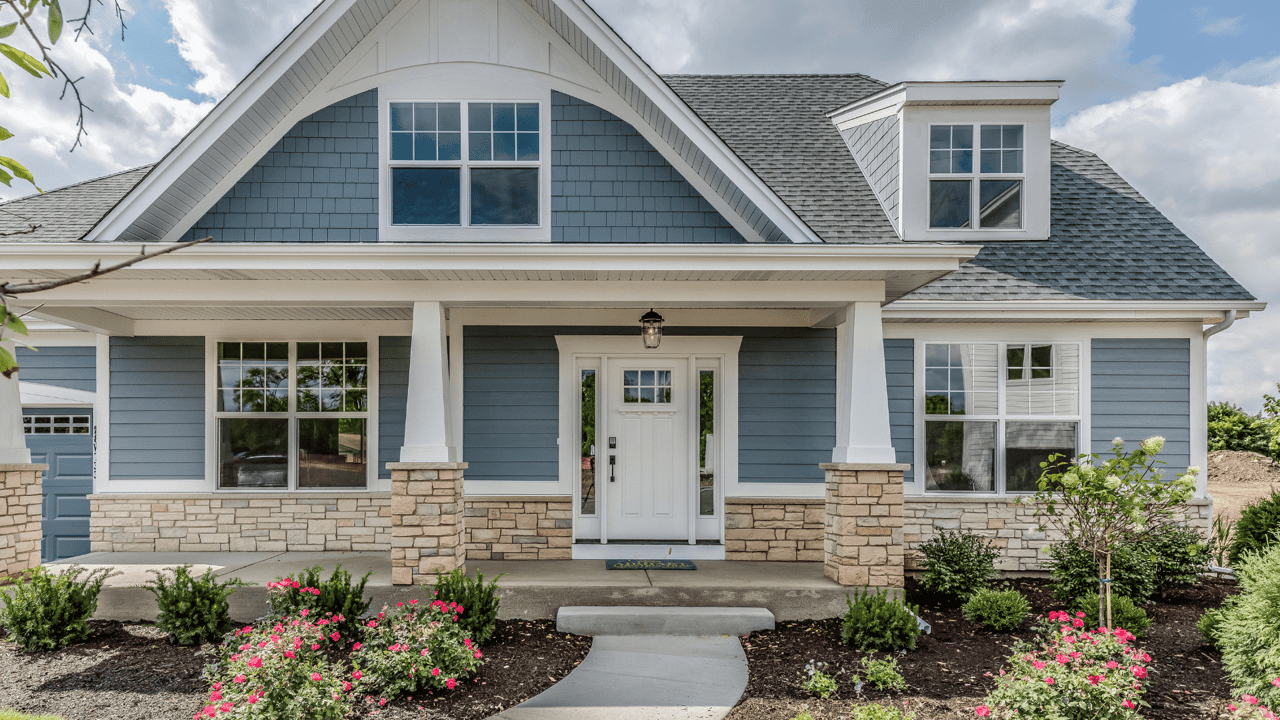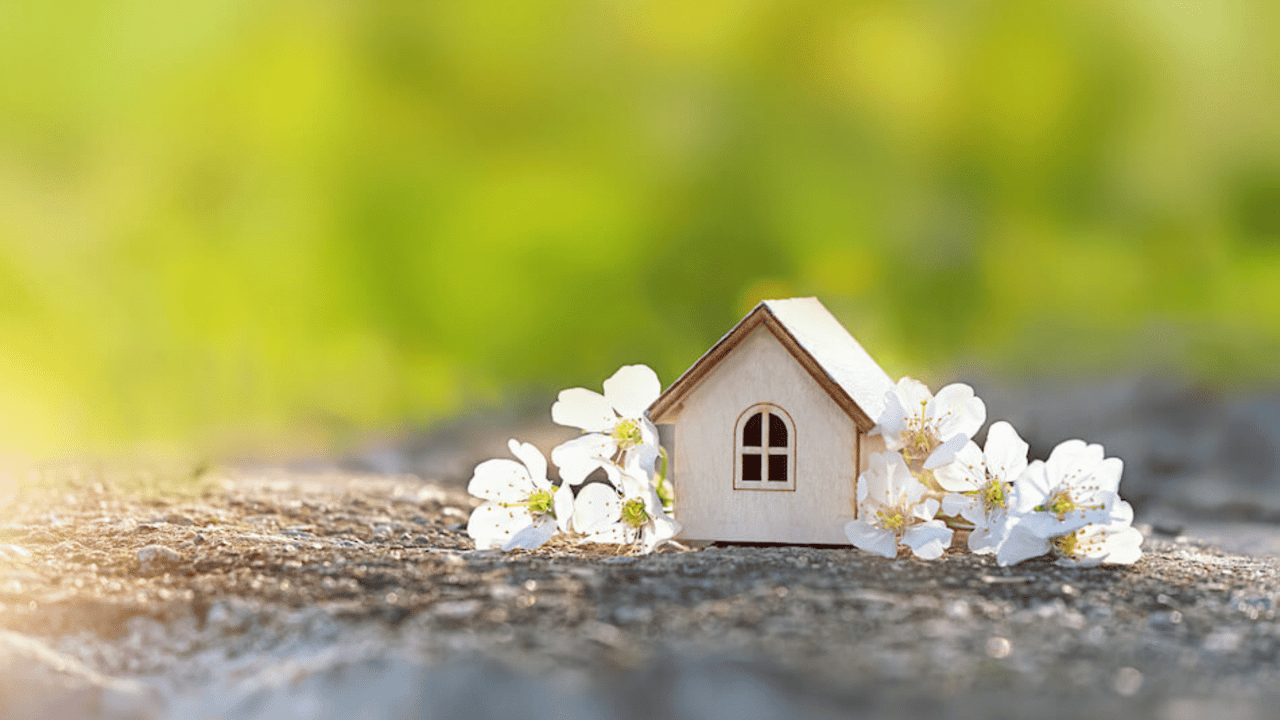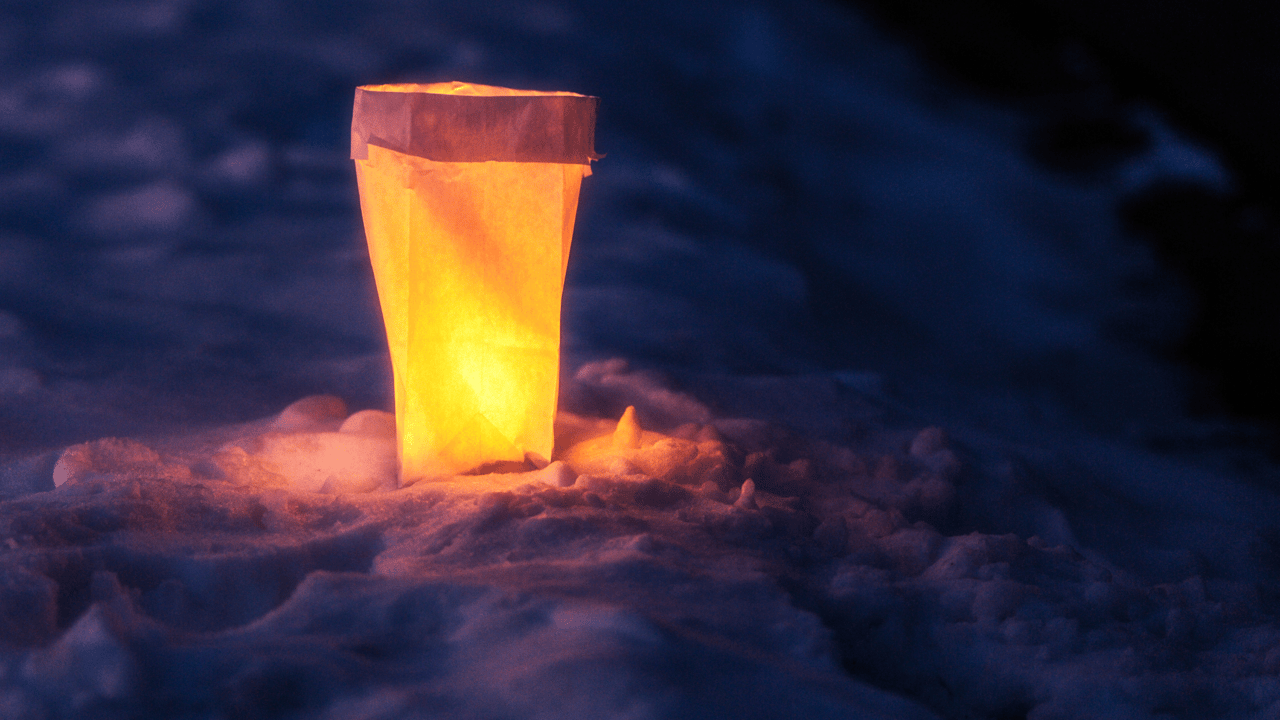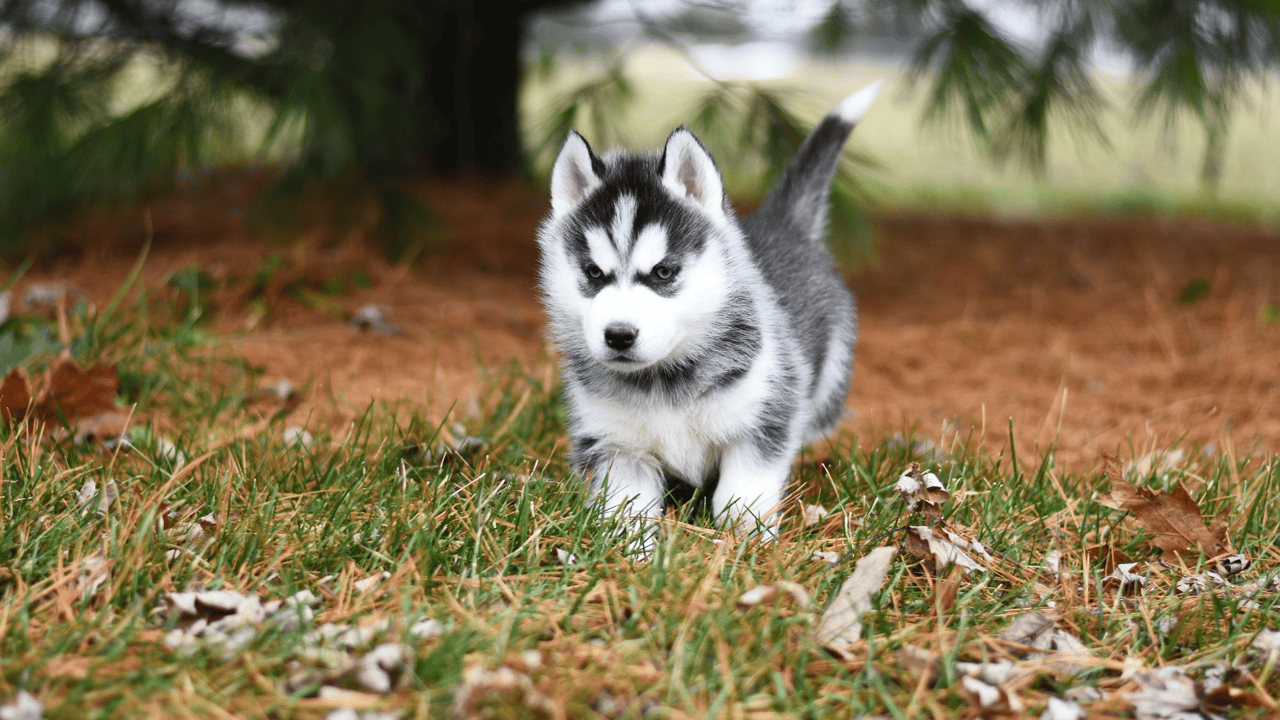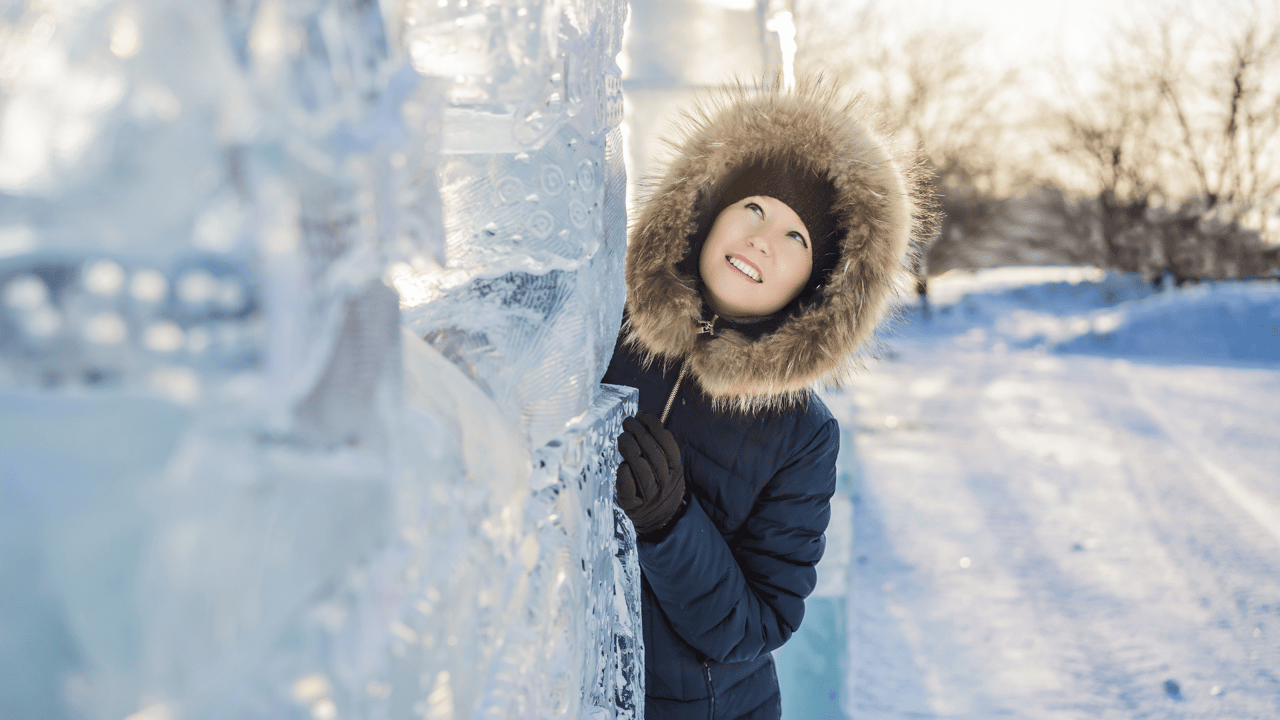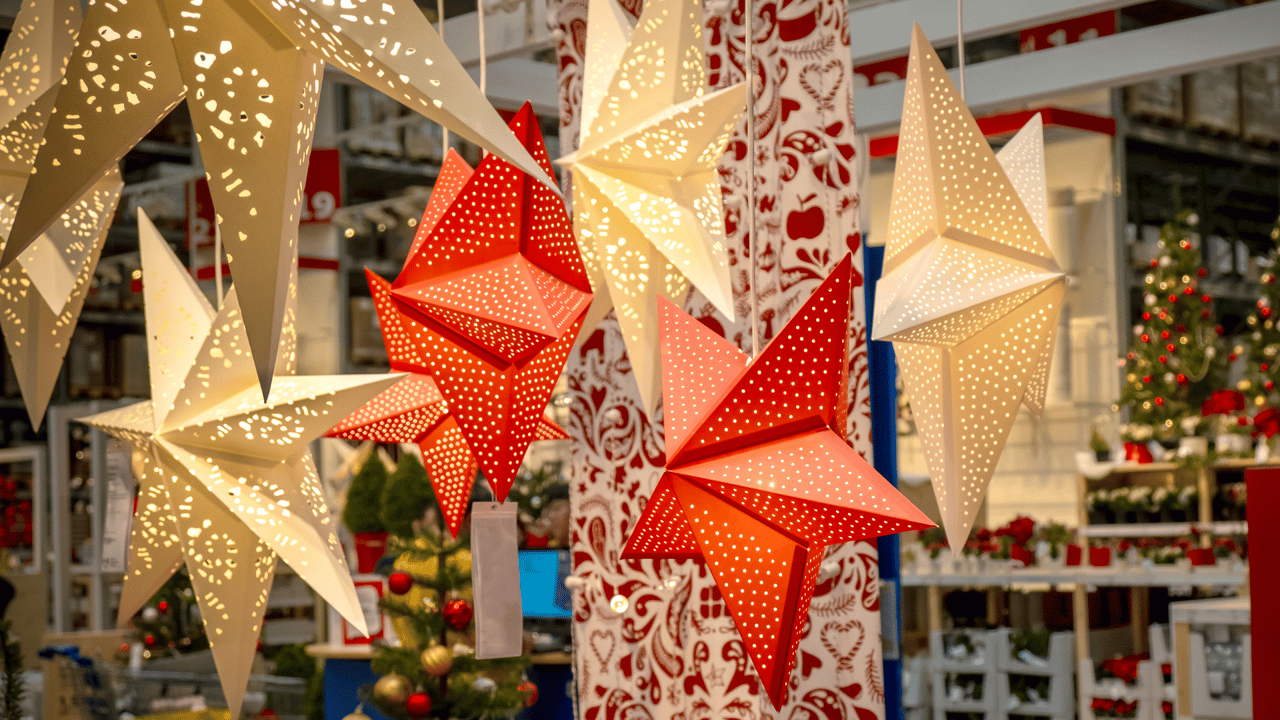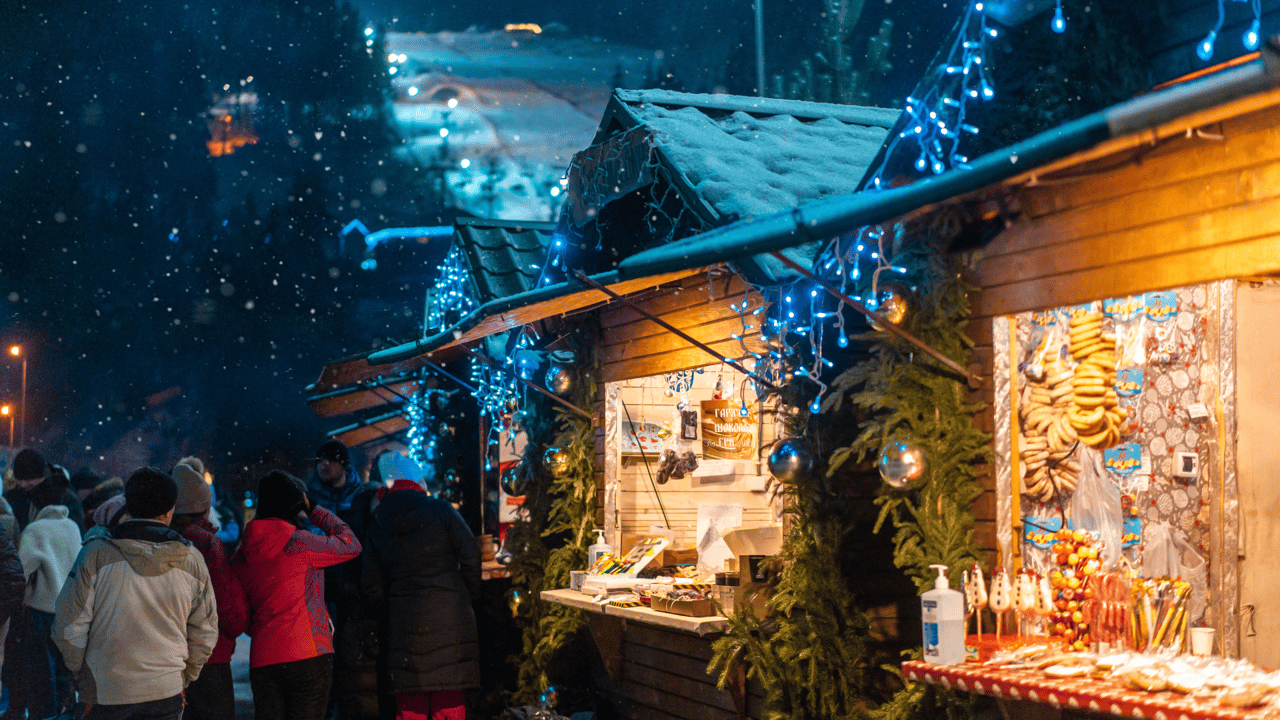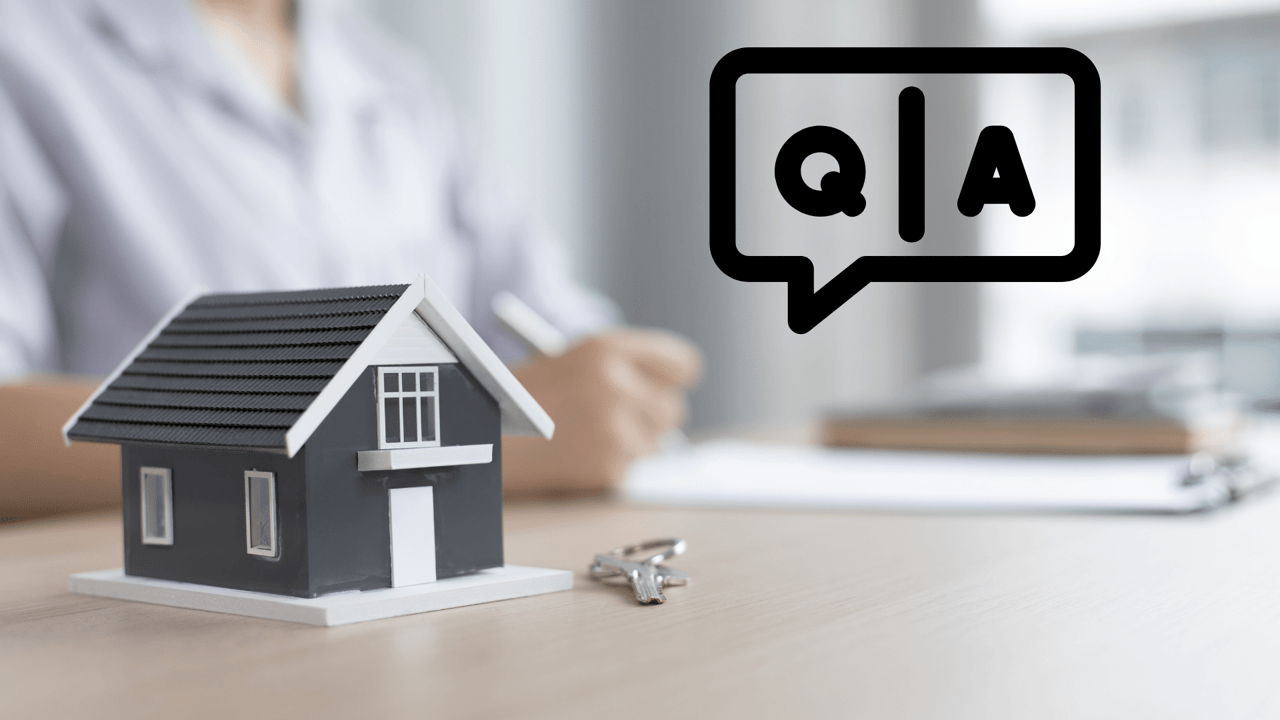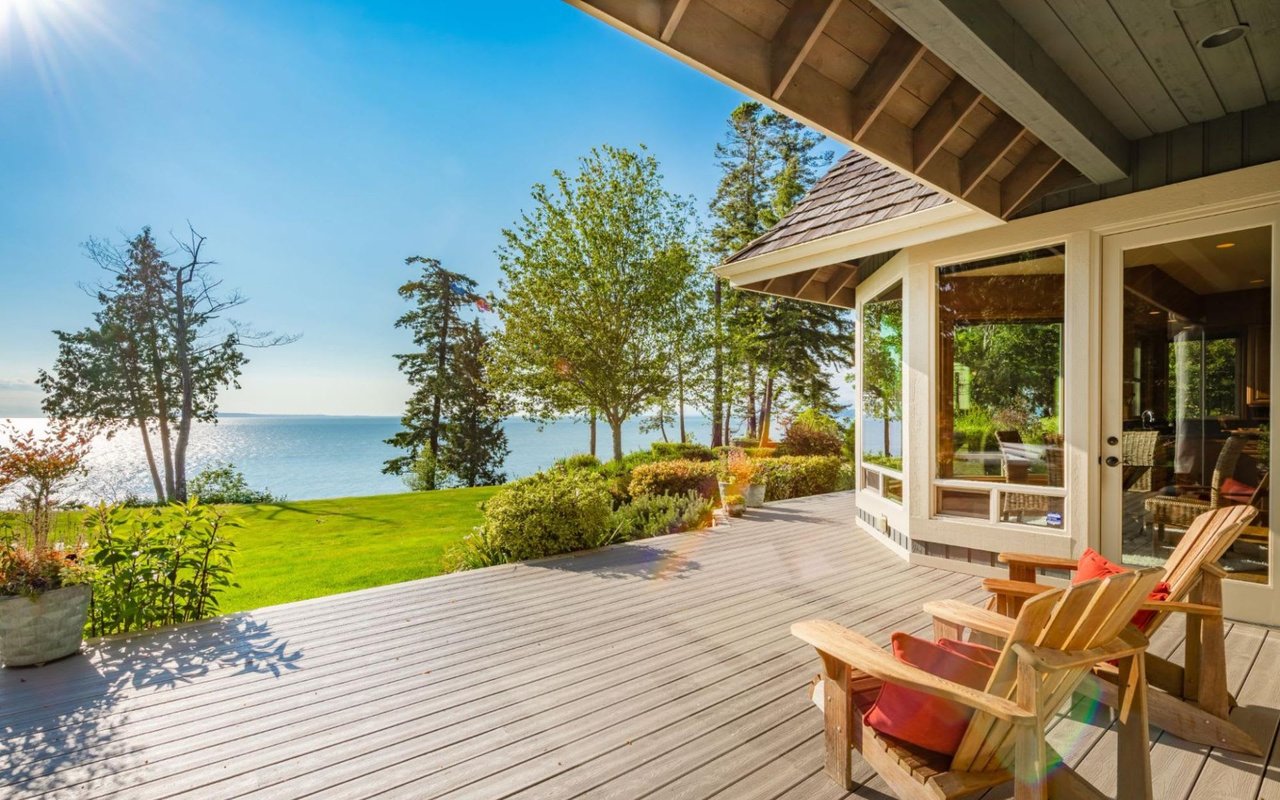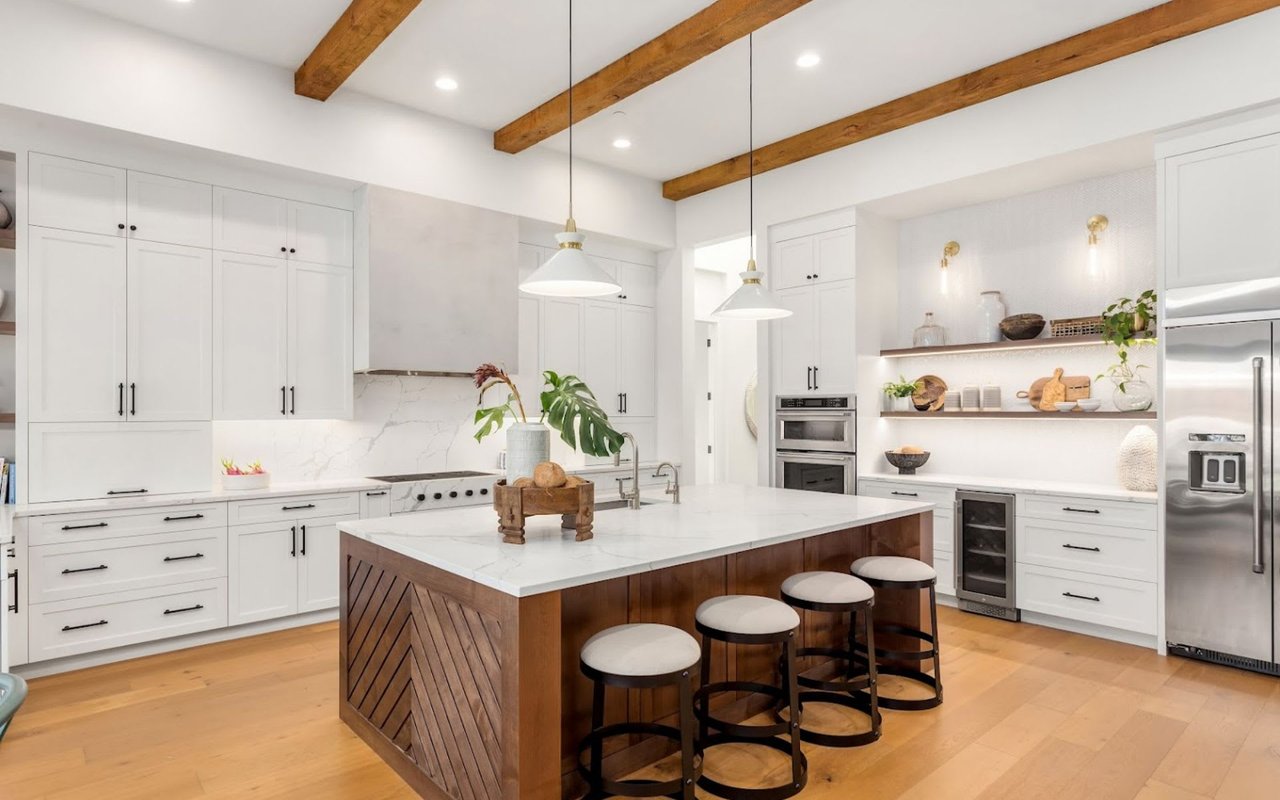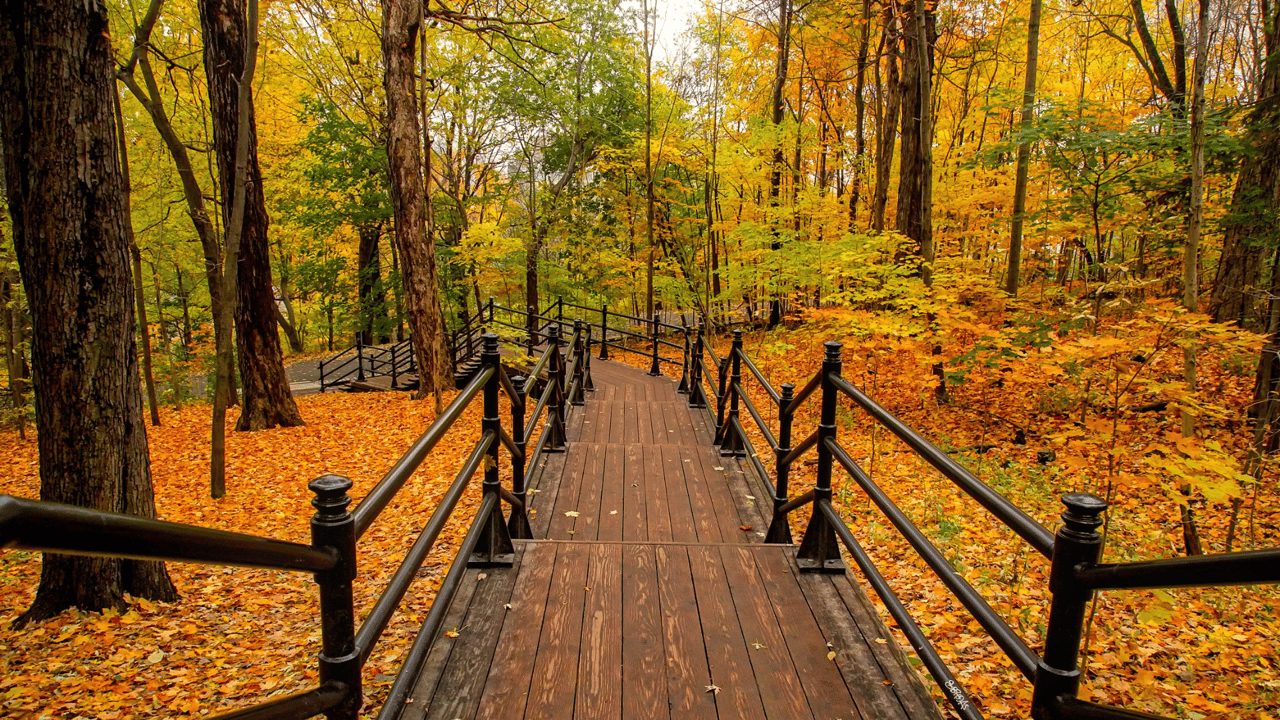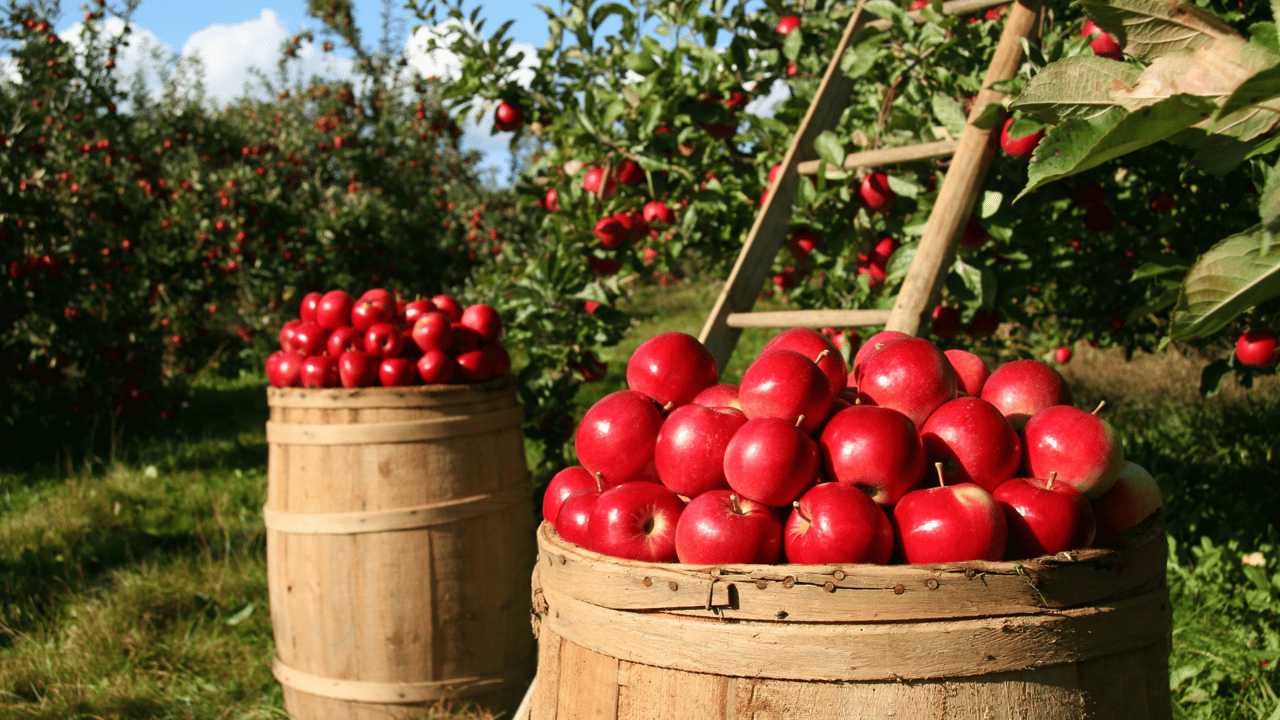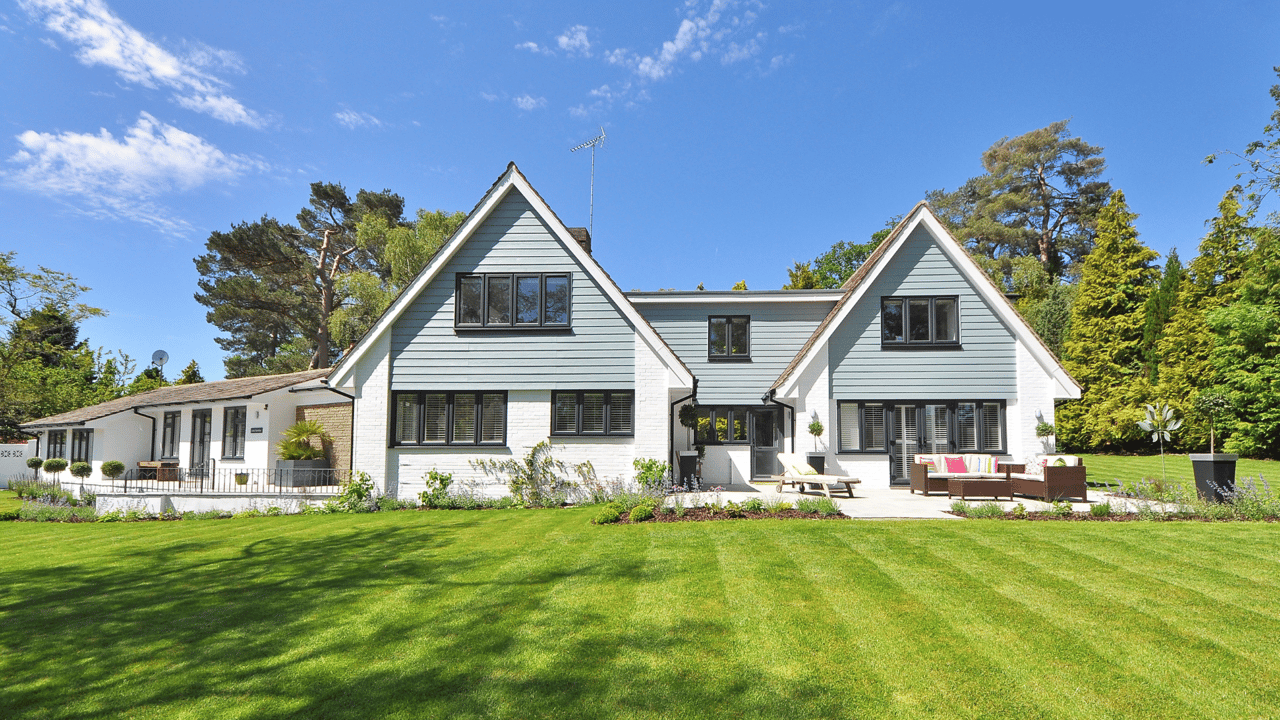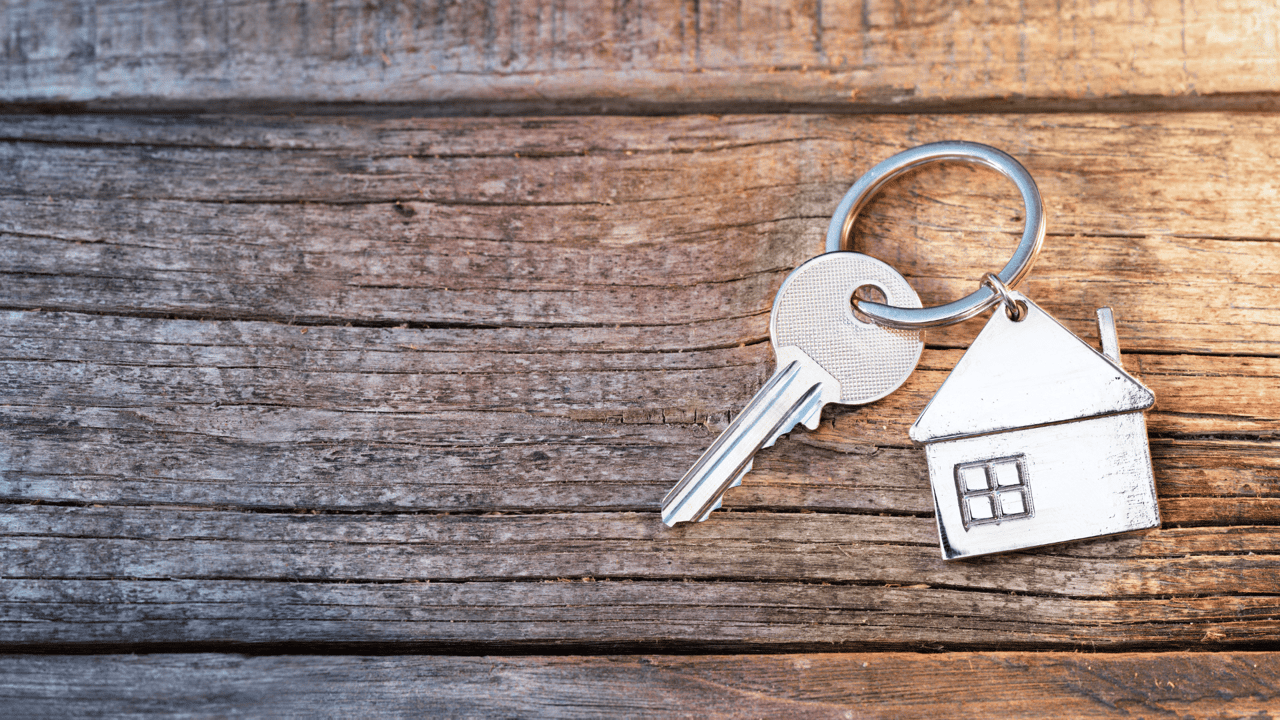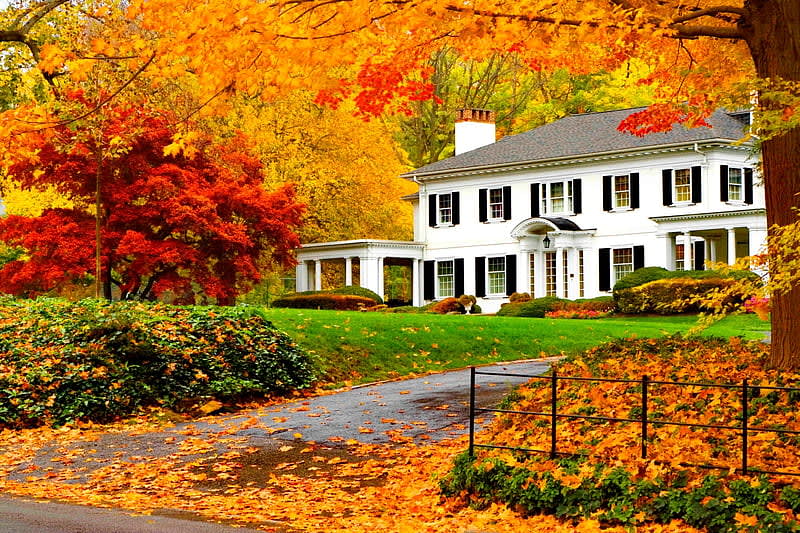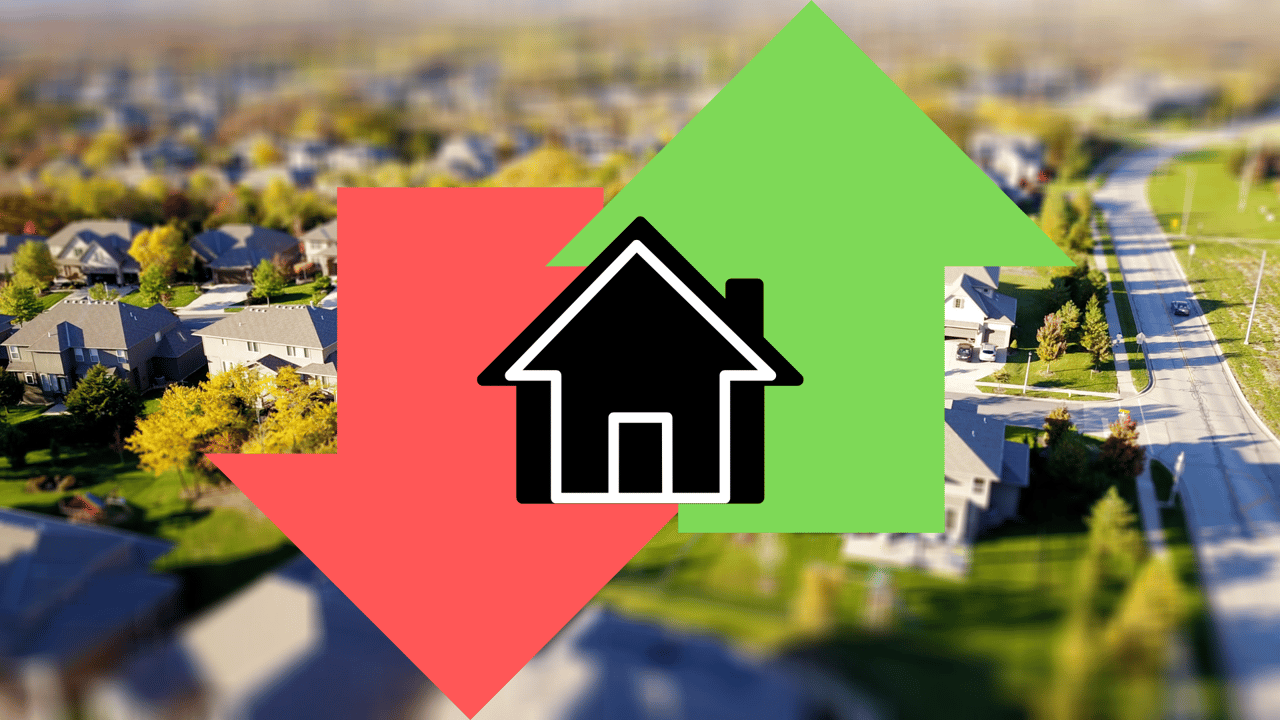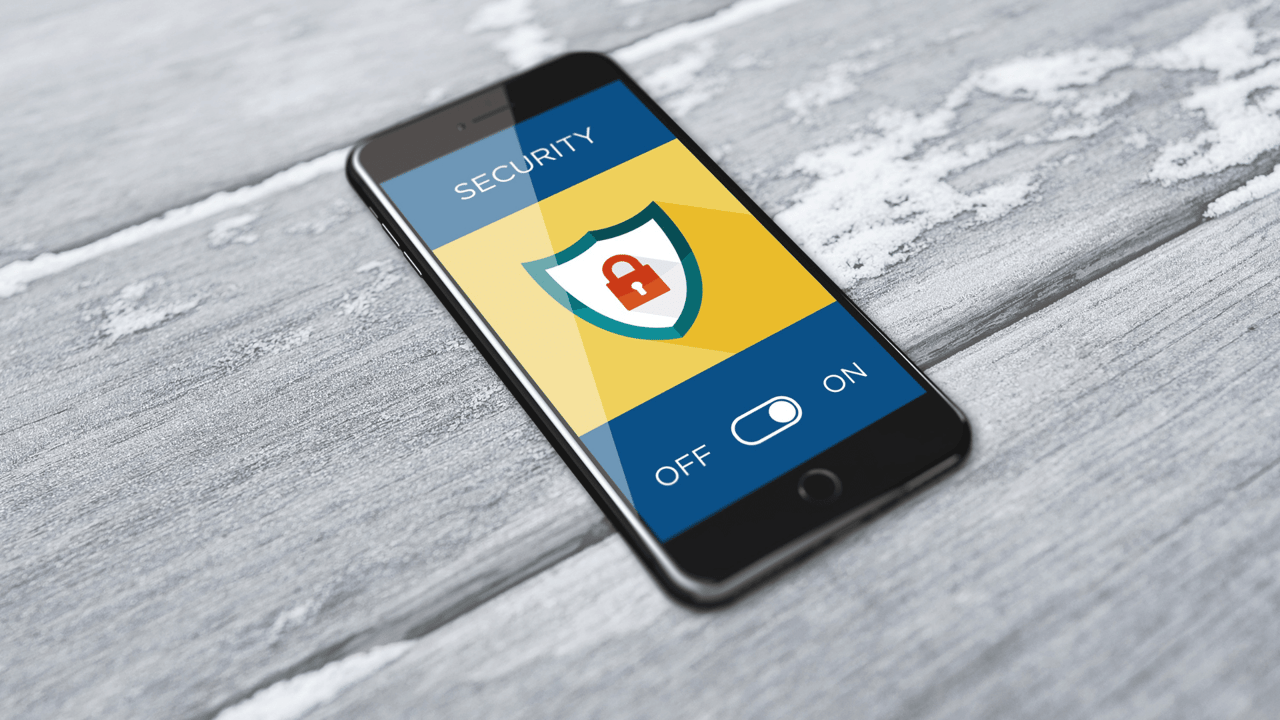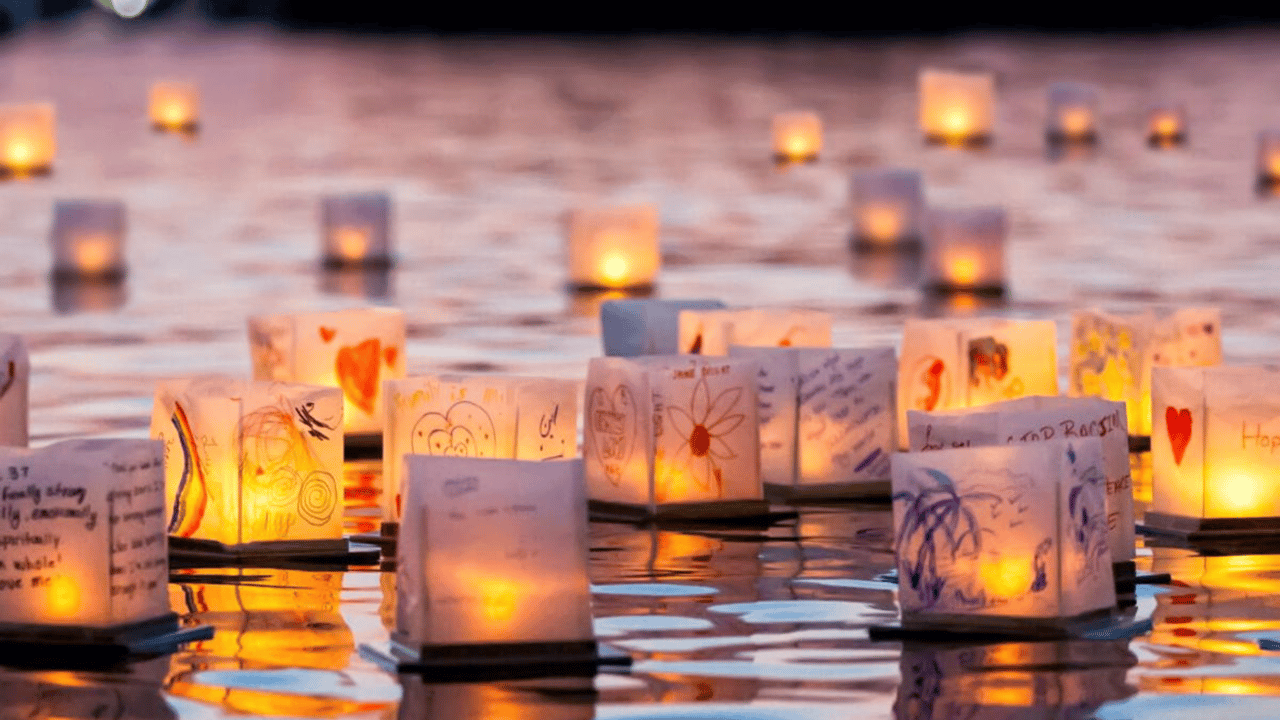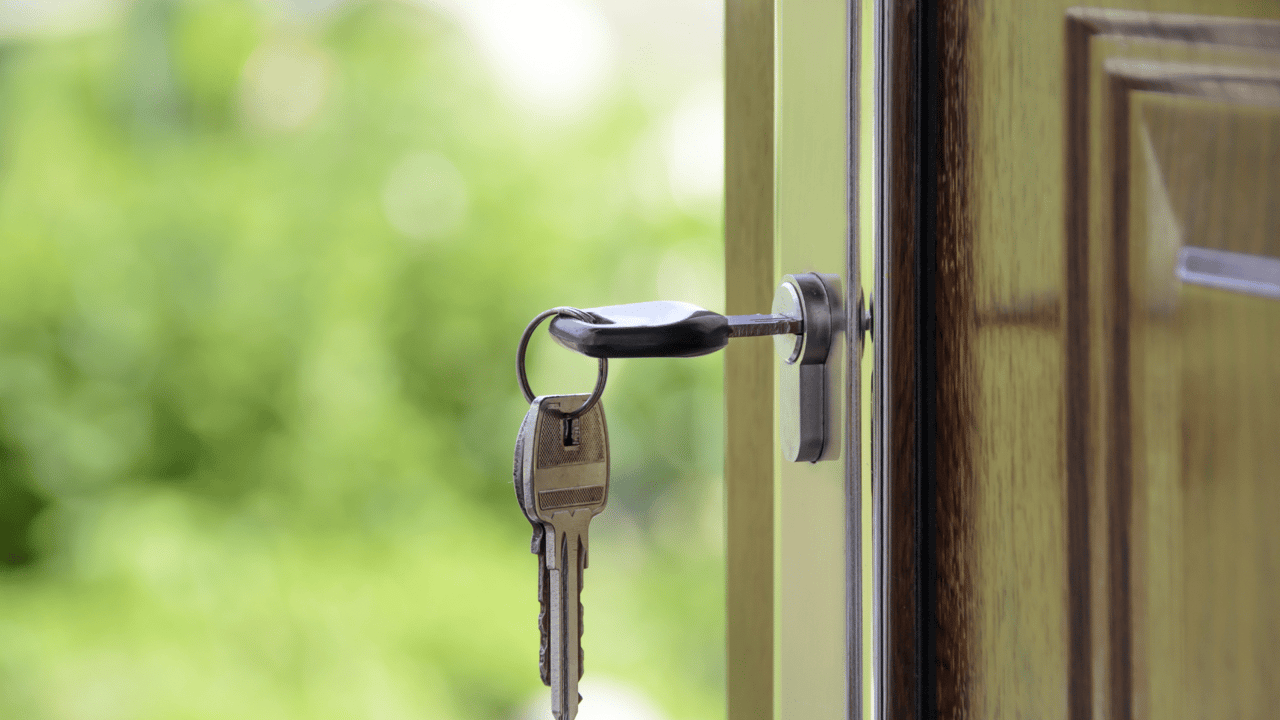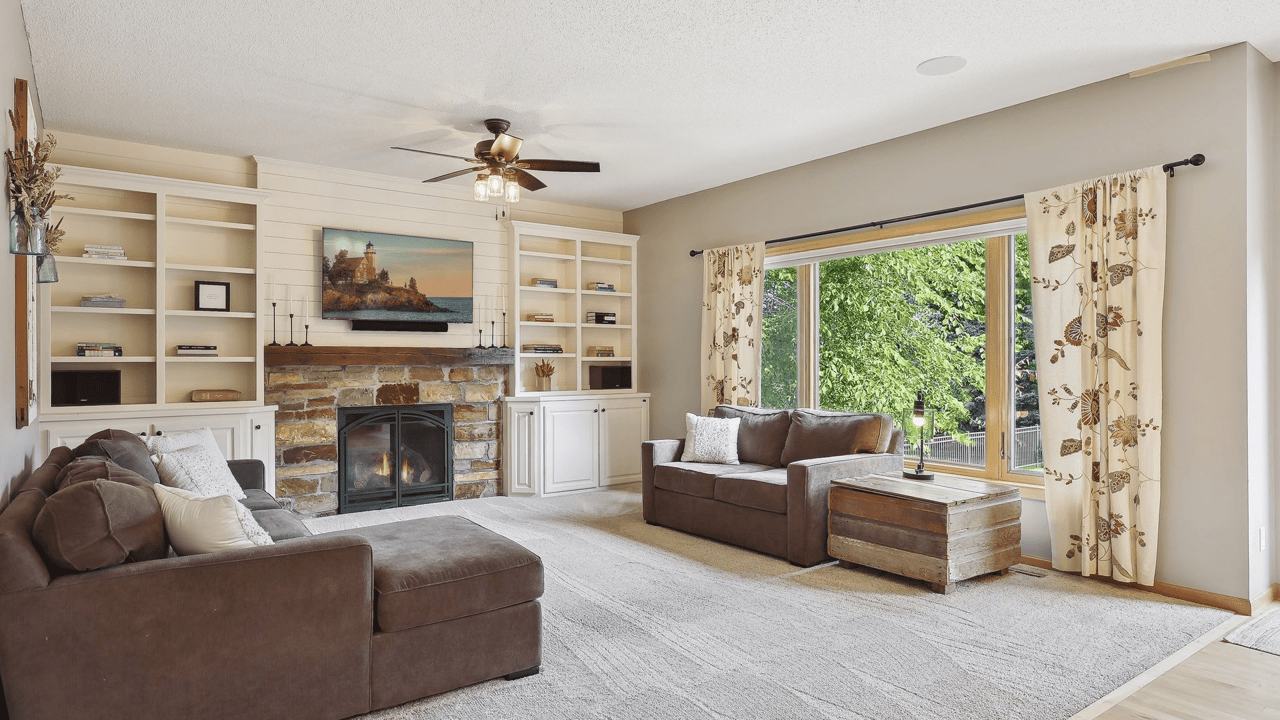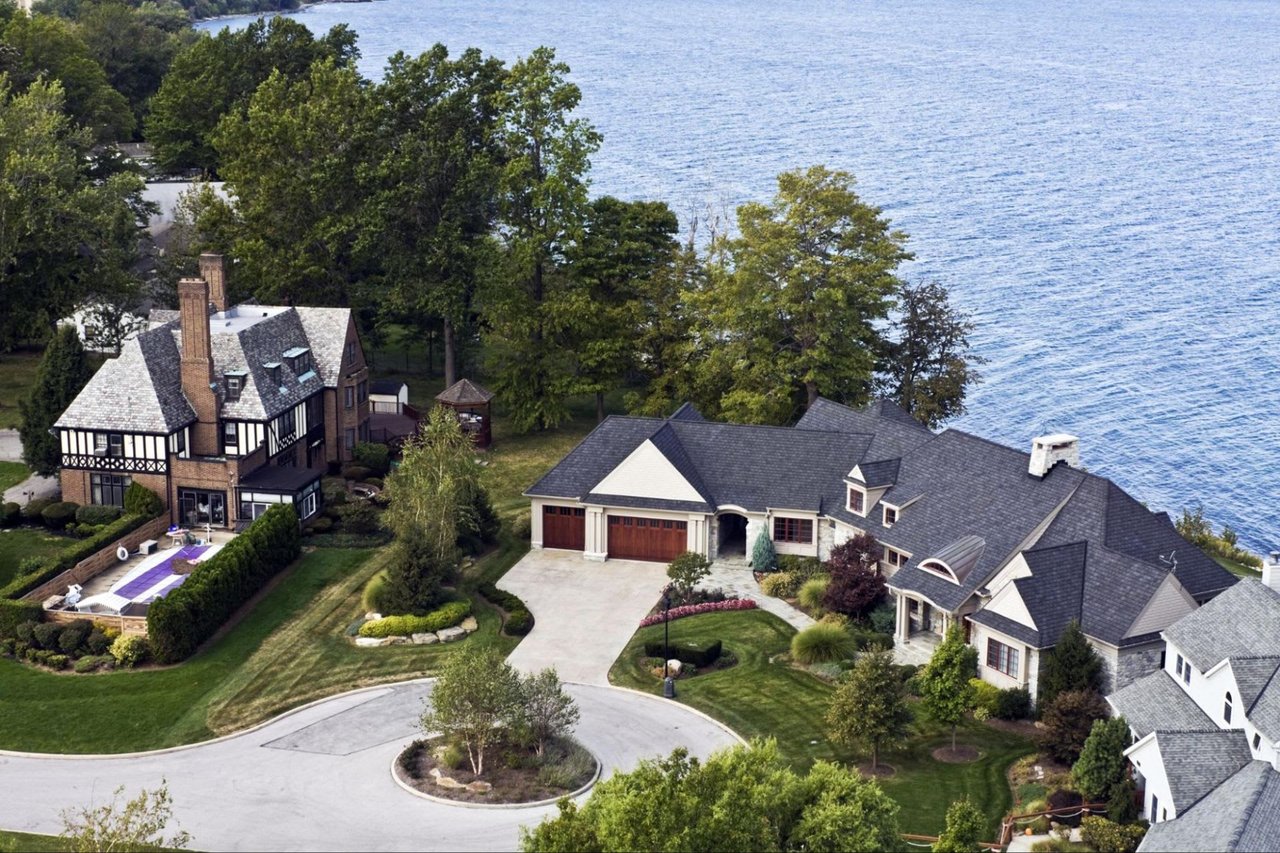When the temperatures drop, keep hazards at bay with these simple steps:
Much of North America experiences periods of severely cold weather and is susceptible to snow and ice storms—extreme conditions that can inflict considerable damage on homes and create liability risks. Standard homeowners policies will cover most disasters that result from a freeze—but when the weather outside is frightful, it's better to minimize the potential risks. Here's how.
Inside the house
If you've prepped your house for the winter weather, you're ahead of the game. When the temperature actually drops, here are a few more steps to take.
- Keep your house heated to a minimum of 65 degrees. The temperature inside the walls where the pipes are located is substantially colder than the walls themselves. A temperature lower than 65 degrees might not keep the inside walls from freezing.
- Check the location for the main water shutoff in your home. And refresh your memory on—or learn—how it works, in case you have to use it.
- Open hot and cold faucets enough to let them drip slowly. In severely frigid temperatures, keeping water moving within the pipes will help prevent freezing.
- Check that fireplaces, wood stoves and electric heaters are working properly. Make sure there are no combustible items near the heat sources and watch them closely, especially the first time in the season you use them.
- Keep your fireplace flue closed when you’re not using it.
- Ask a neighbor to check the house regularly any time you're away. If pipes freeze or if there's a water leak, quick action could mean far less damage. If you plan to be away for an extended period of time, have the water system—including swimming pool plumbing, if applicable—drained by a professional to keep pipes from freezing or bursting.
Outside the house
- The weight of snow could damage your roof. Backed-up gutters might allow water to seep into your house. Vigilance is key during severe weather—stay ahead of the potential hazards outside your home.
- Keep sidewalks and entrances to your home free from snow and ice. You don't want anyone to slip and fall.
- Watch for ice dams near gutter downspouts. Ice dams can cause water to build up and seep into your house. Clear gutters of leaves and debris to allow runoff from melting snow and ice to flow freely.
- Run your swimming pool pump at night when the temperatures are expected to go below freezing. This will keep the water flowing through the pipes.
- Keep your garage doors closed. This will prevent weather damage to whatever's stored in there. Plus, if your garage is attached to your house, the home entrance door from the garage is probably not as well insulated as an exterior door so this will keep more heat in.
- Double check for dead, damaged or dangerous tree branches and have them removed. Even if they looked sound earlier in the year, trees can be affected by ice, snow or wind. When stressed, branches can fall and damage your house or car, or injure someone on or near your property.
In the event of a problem
- Sometimes the unfortunate happens—but quick action can minimize the damage. And if you have a standard homeowners insurance policy, it’s likely you're covered for most deep freeze disasters.
- Don't wait for frozen pipes to burst. If your pipes are frozen, take measures to thaw them immediately, or call a plumber for assistance.
- If your pipes burst, first turn off the water. You know now where the main water shut off is, right? Cut off the flow, then attend to the mess and …
- Properly dry and repair any water damage. This will help prevent any potential problems with mold.
- Call your insurance professional as soon as possible. He or she will help you understand what's covered by your policy.
Originally published by the Insurance Information Institute.


